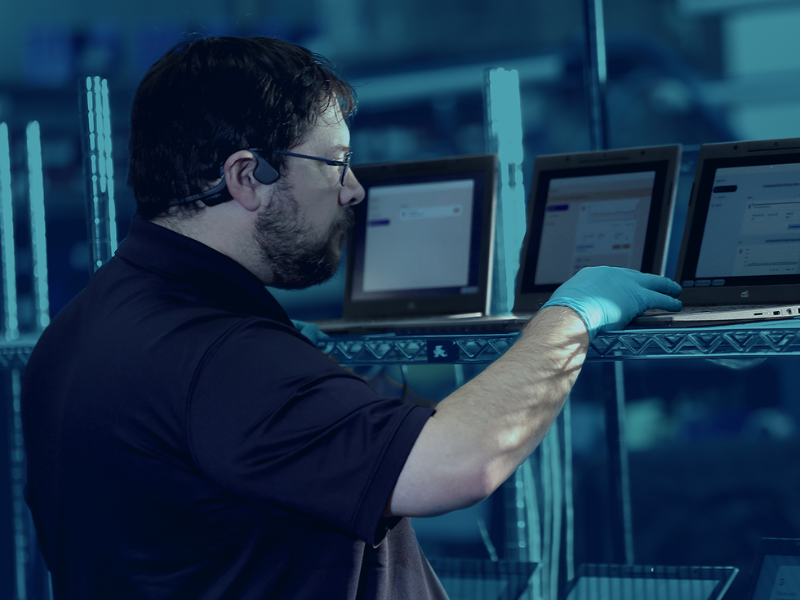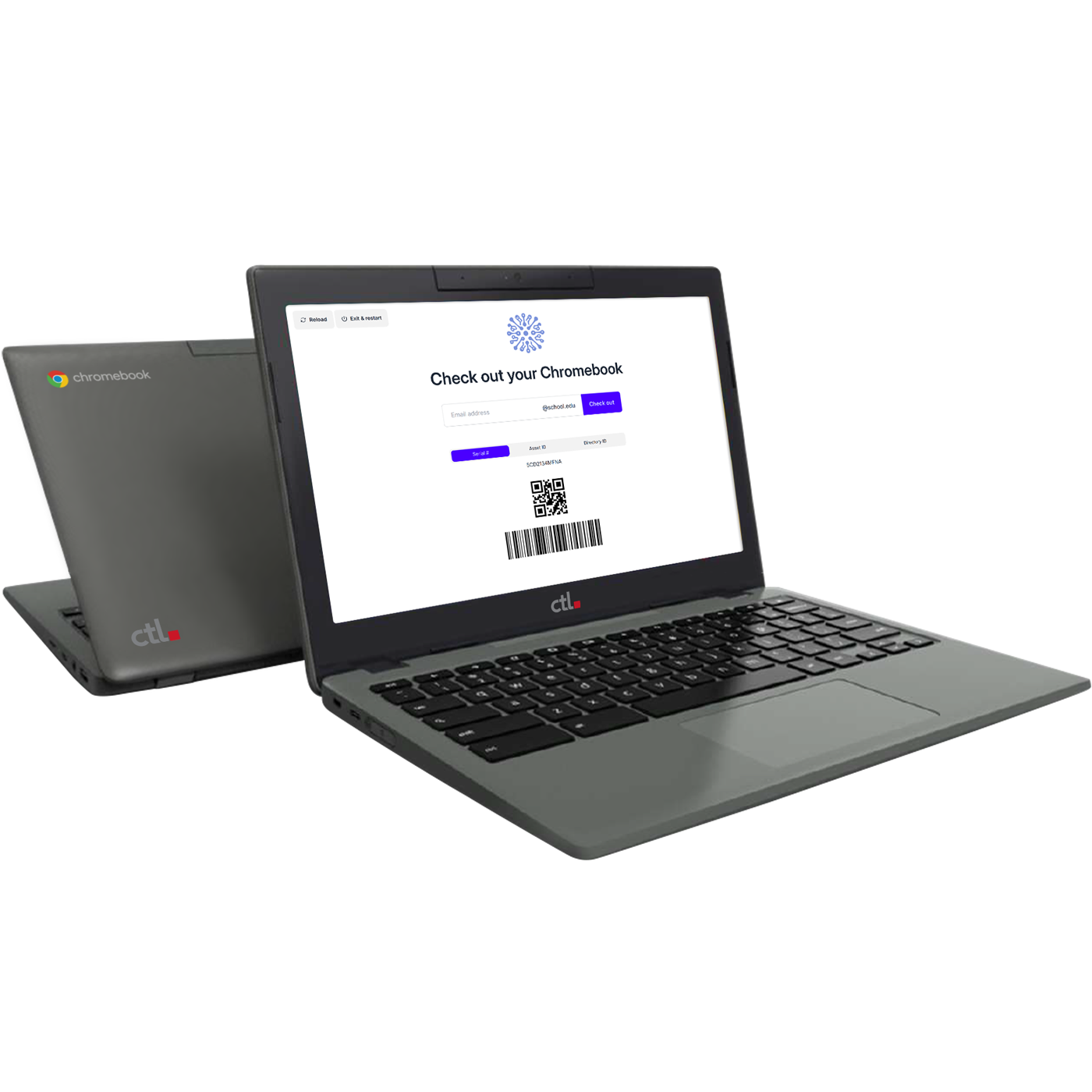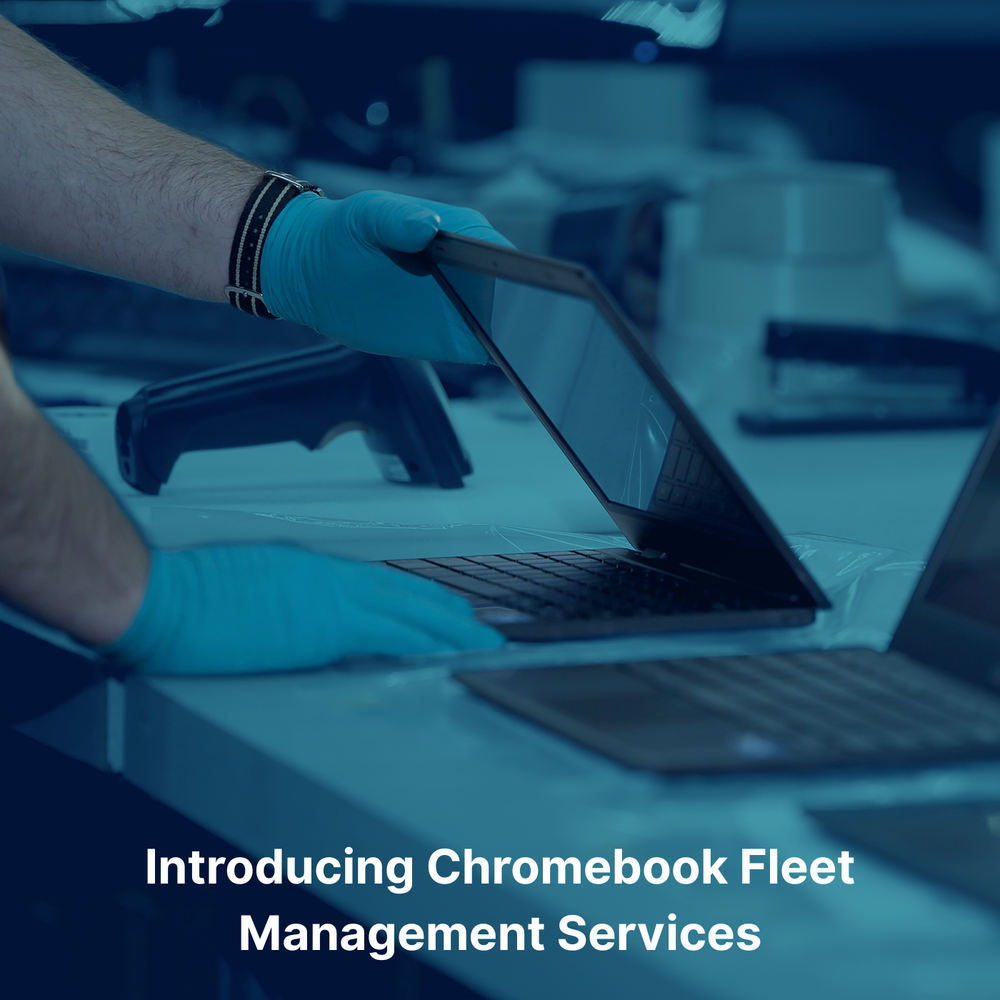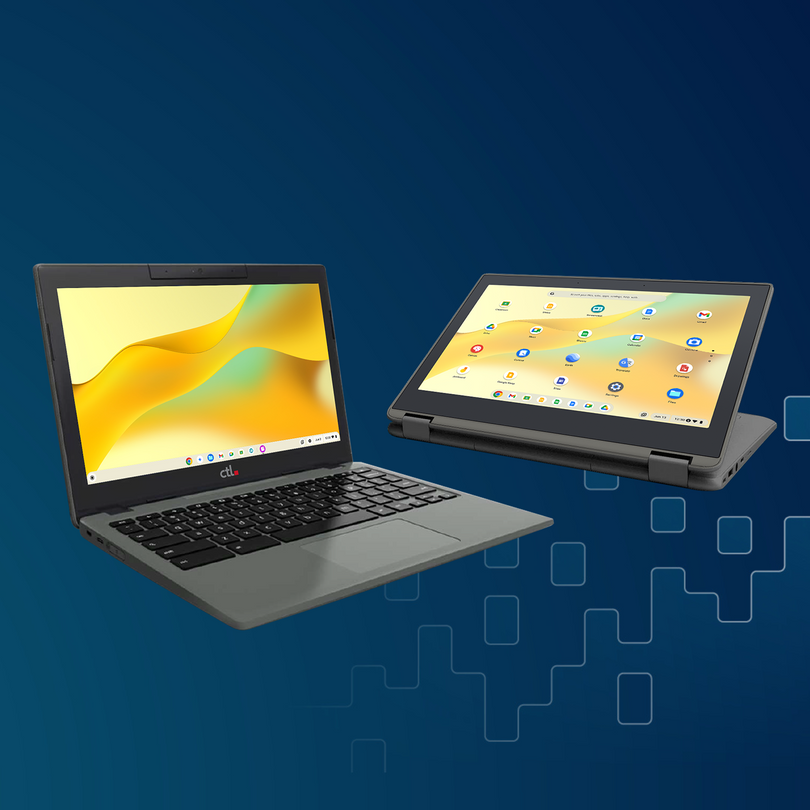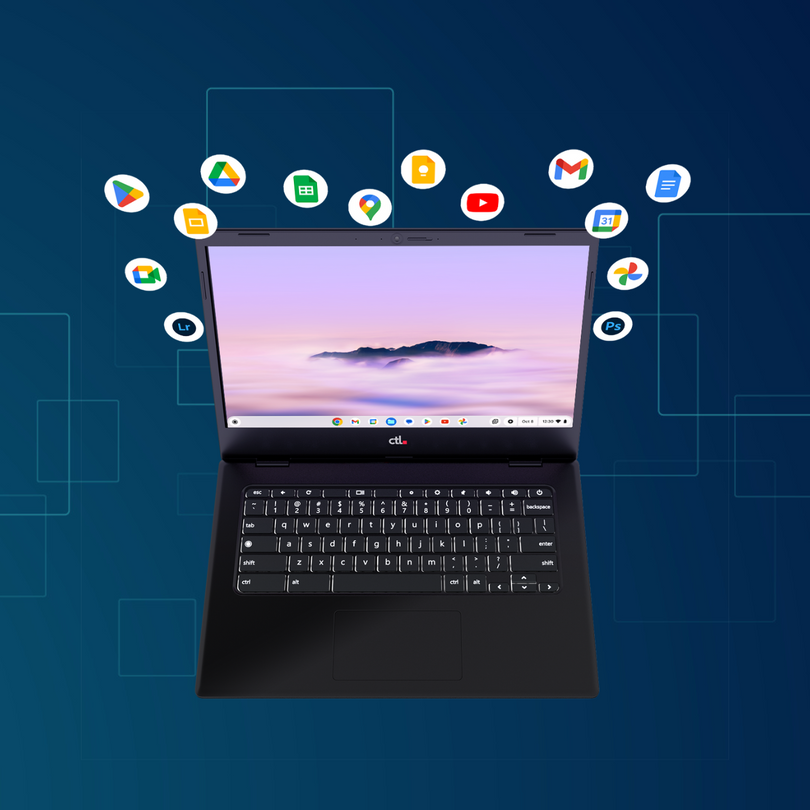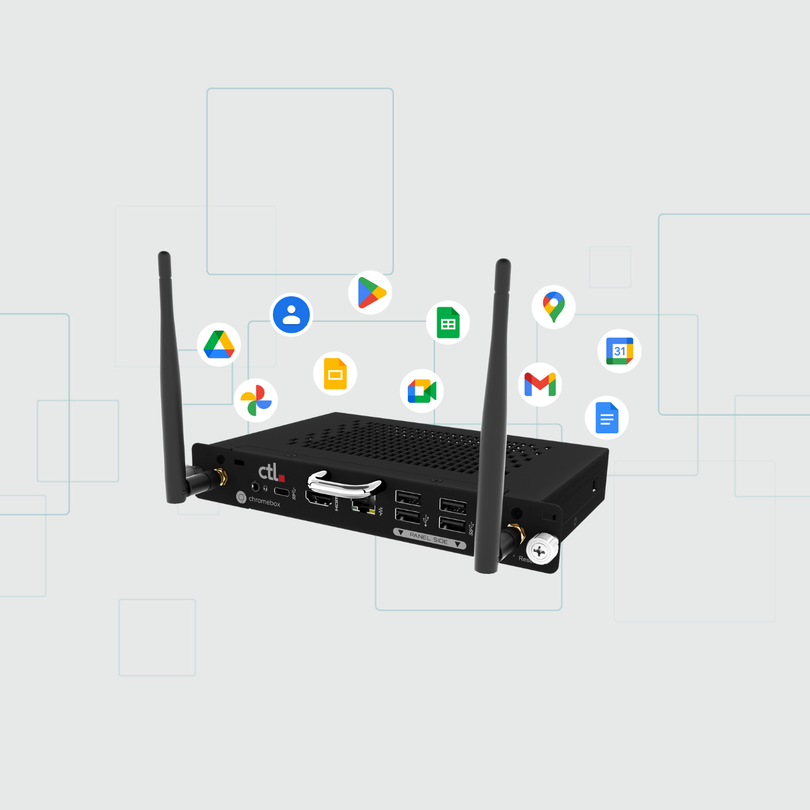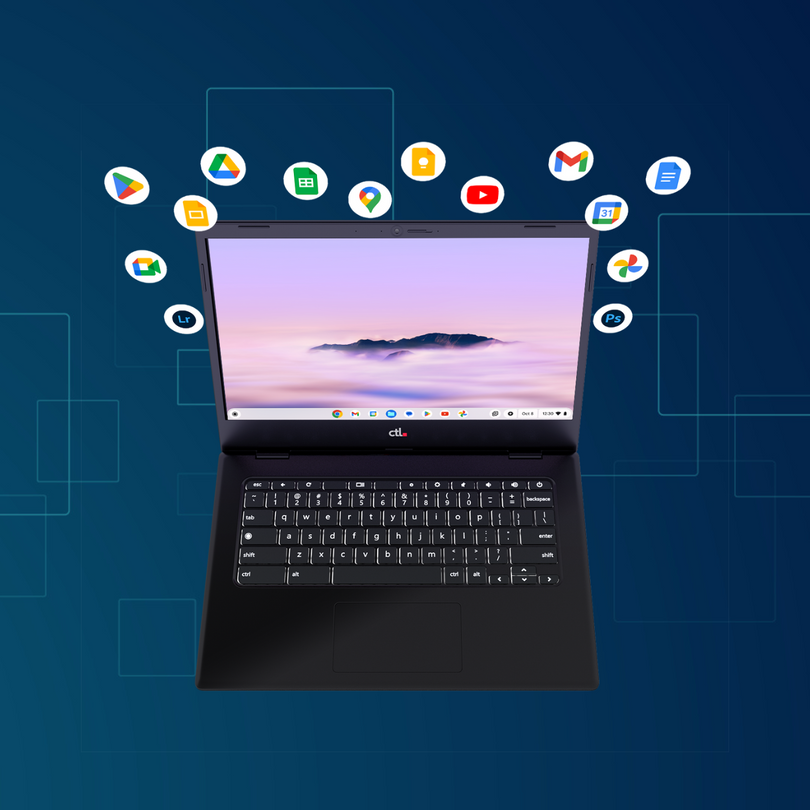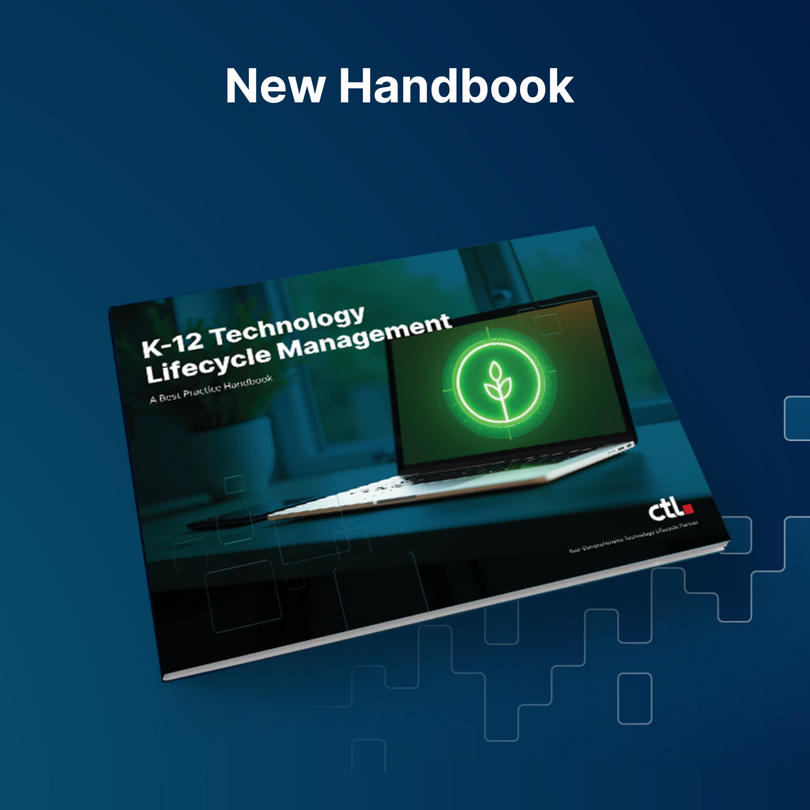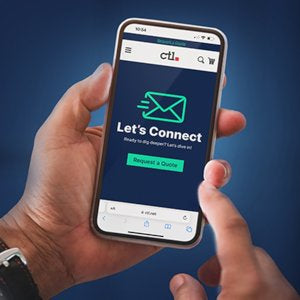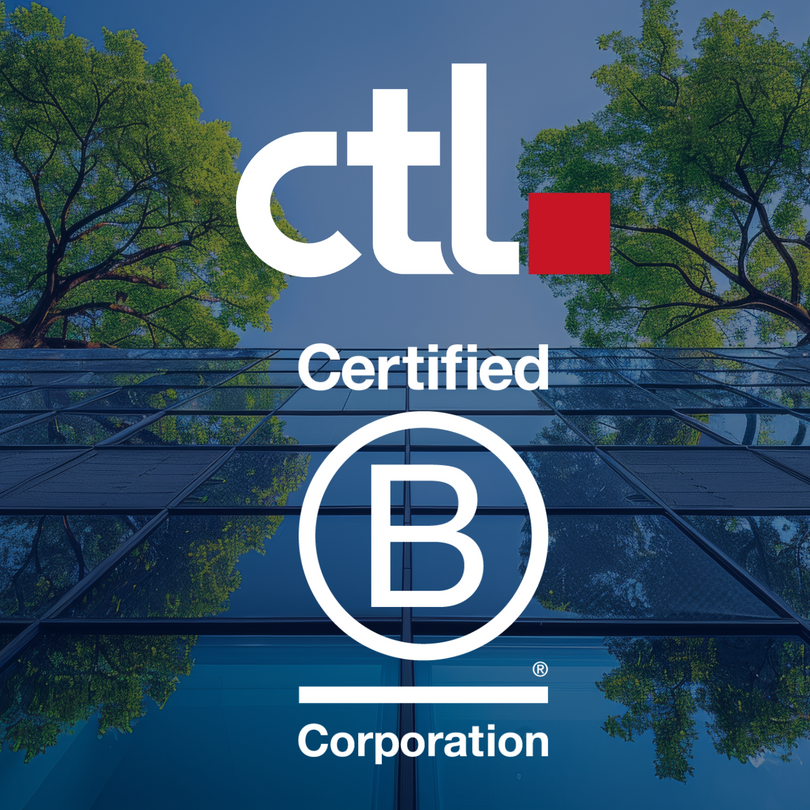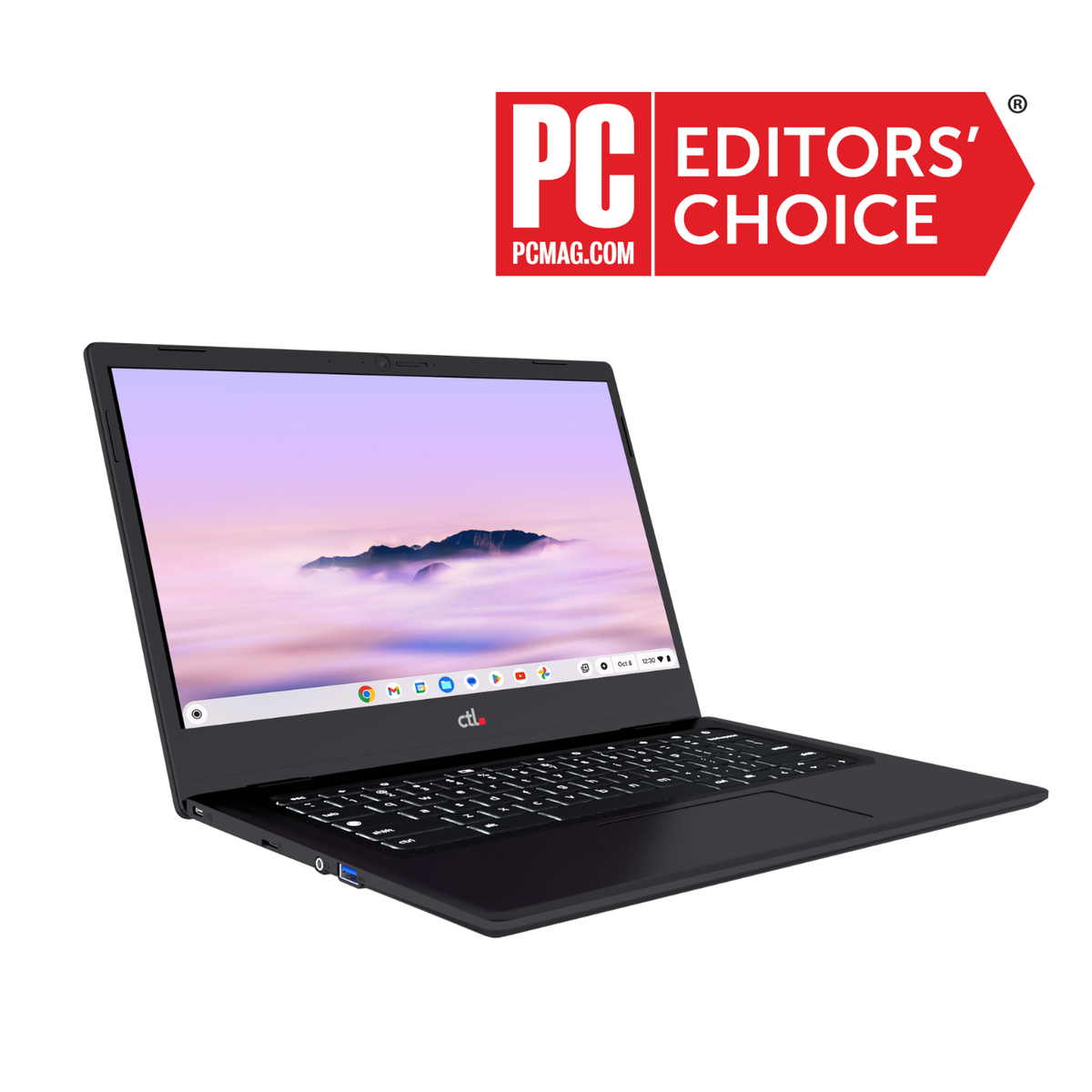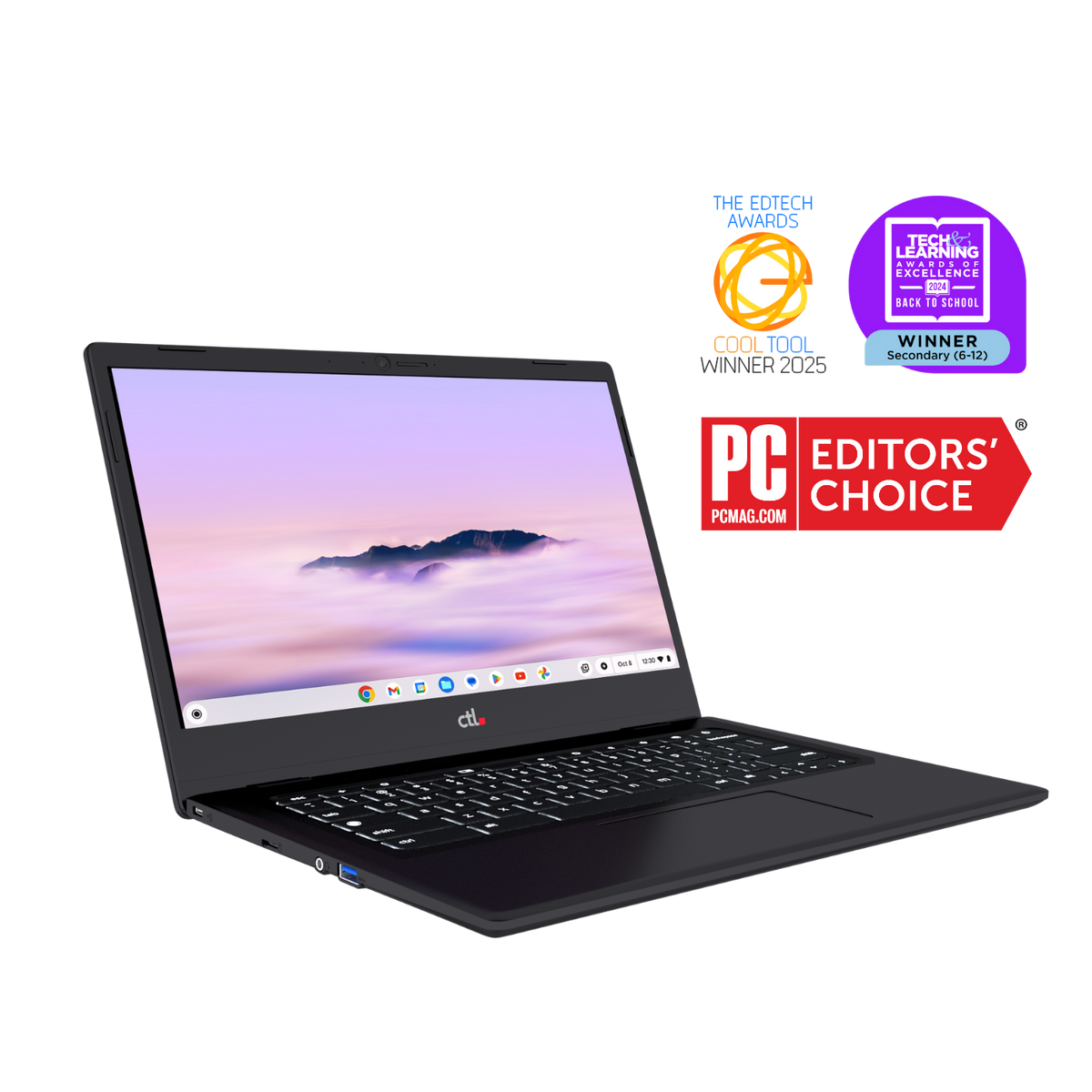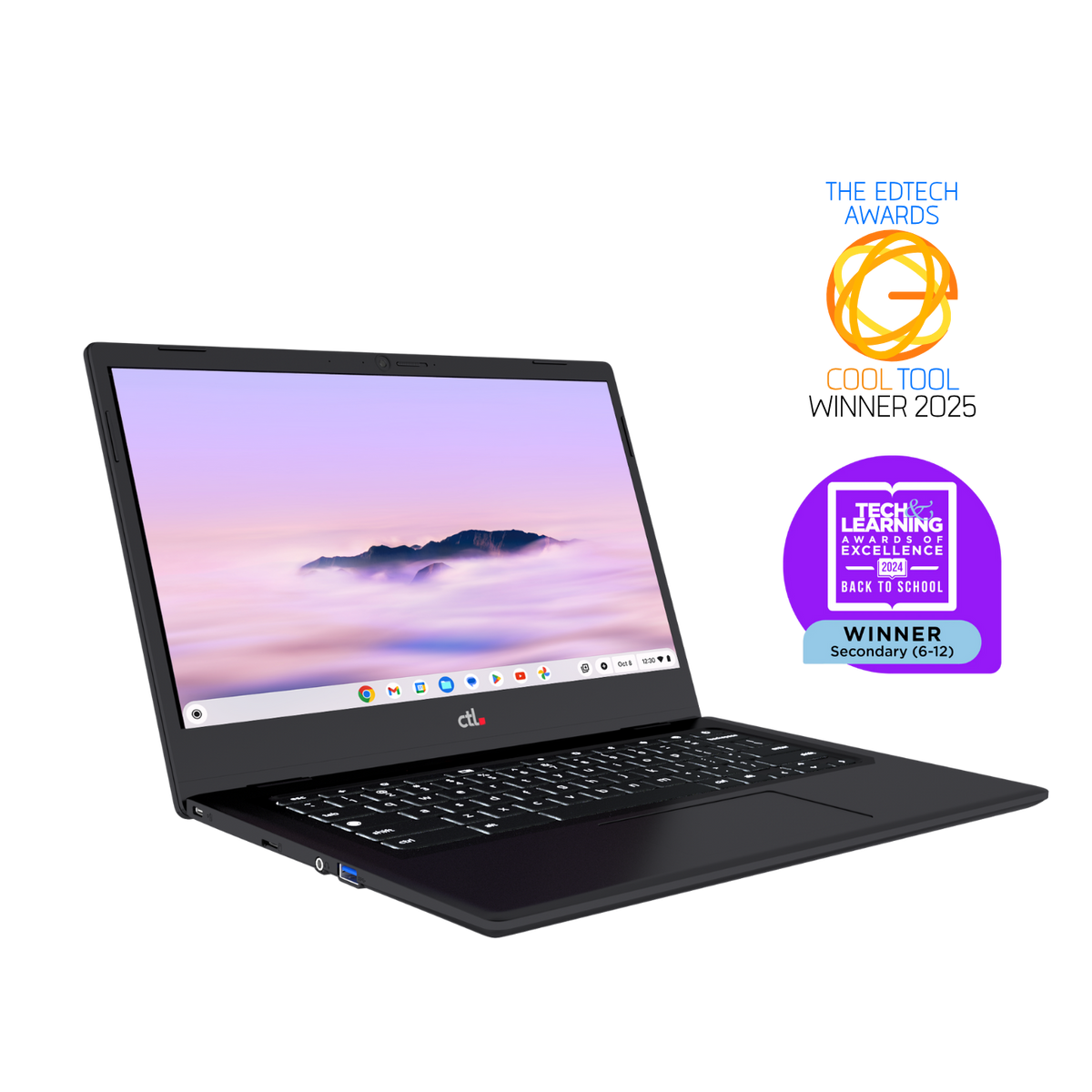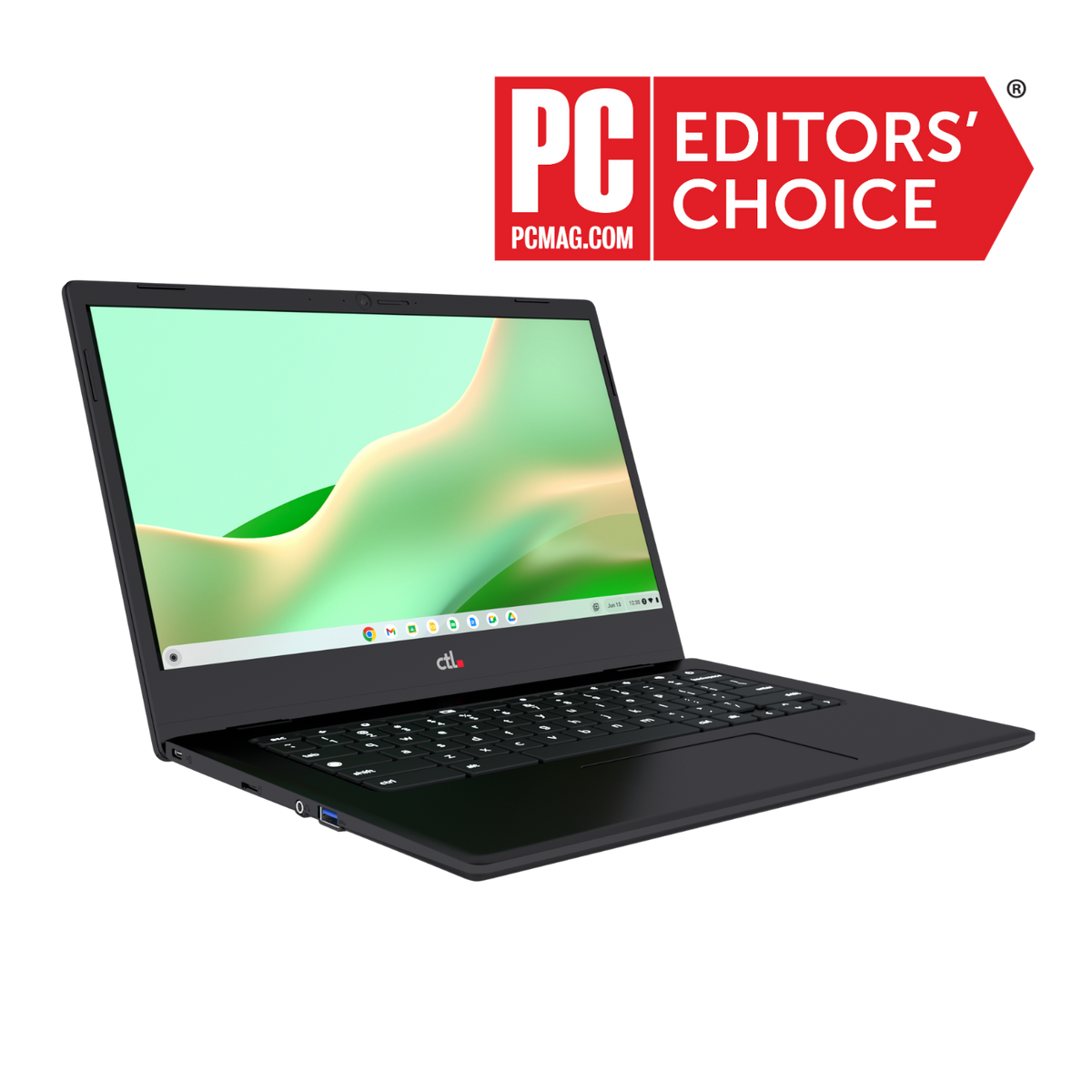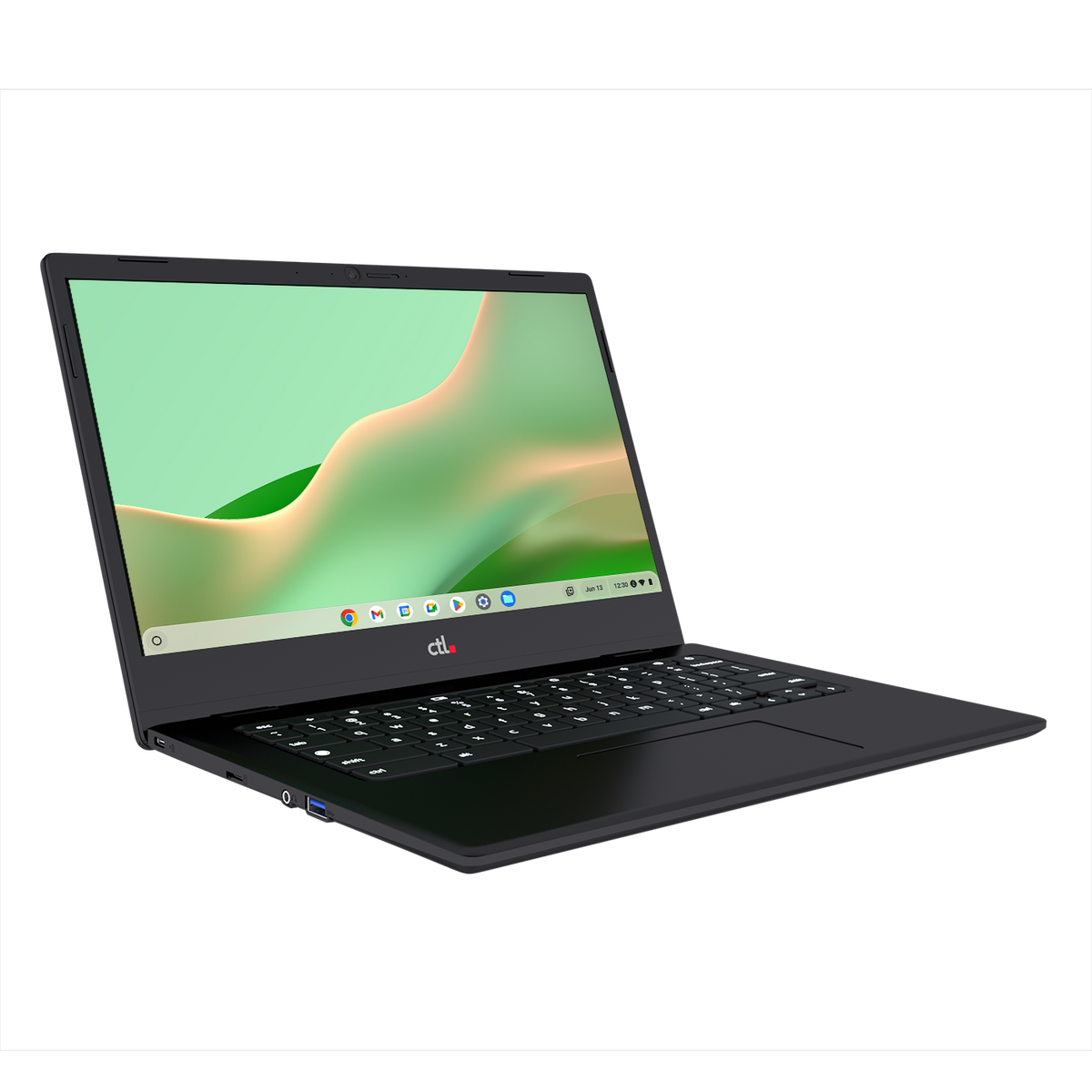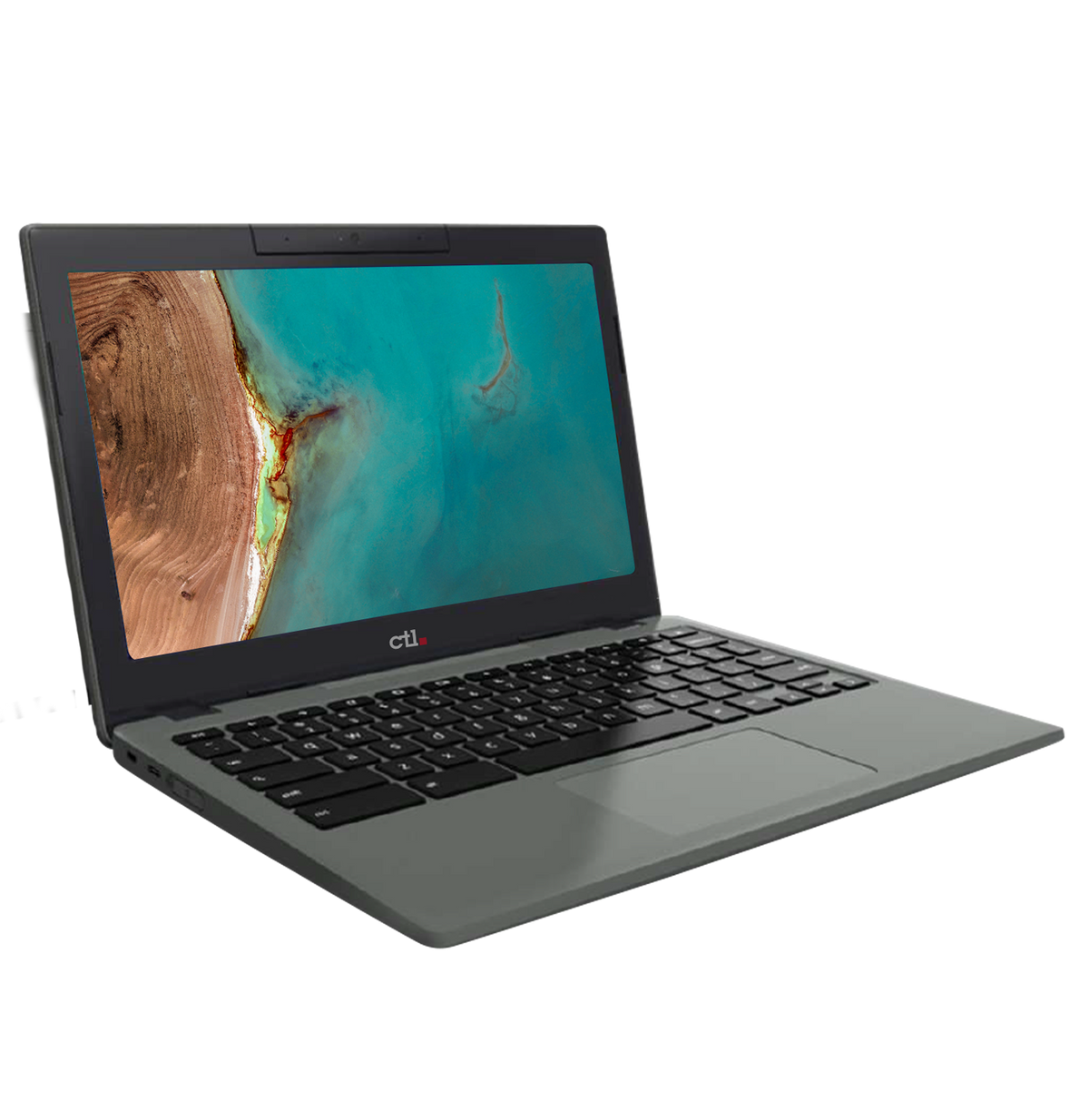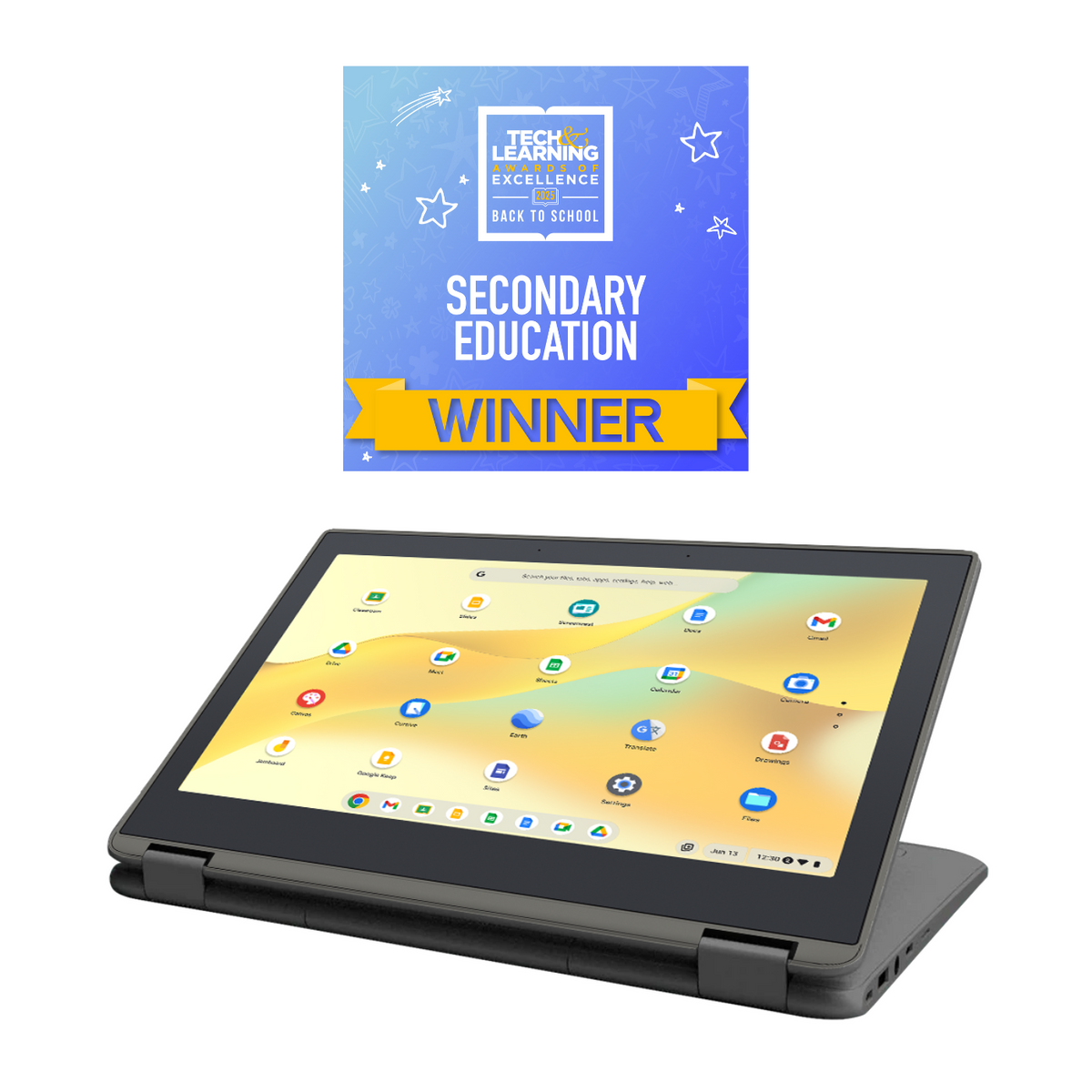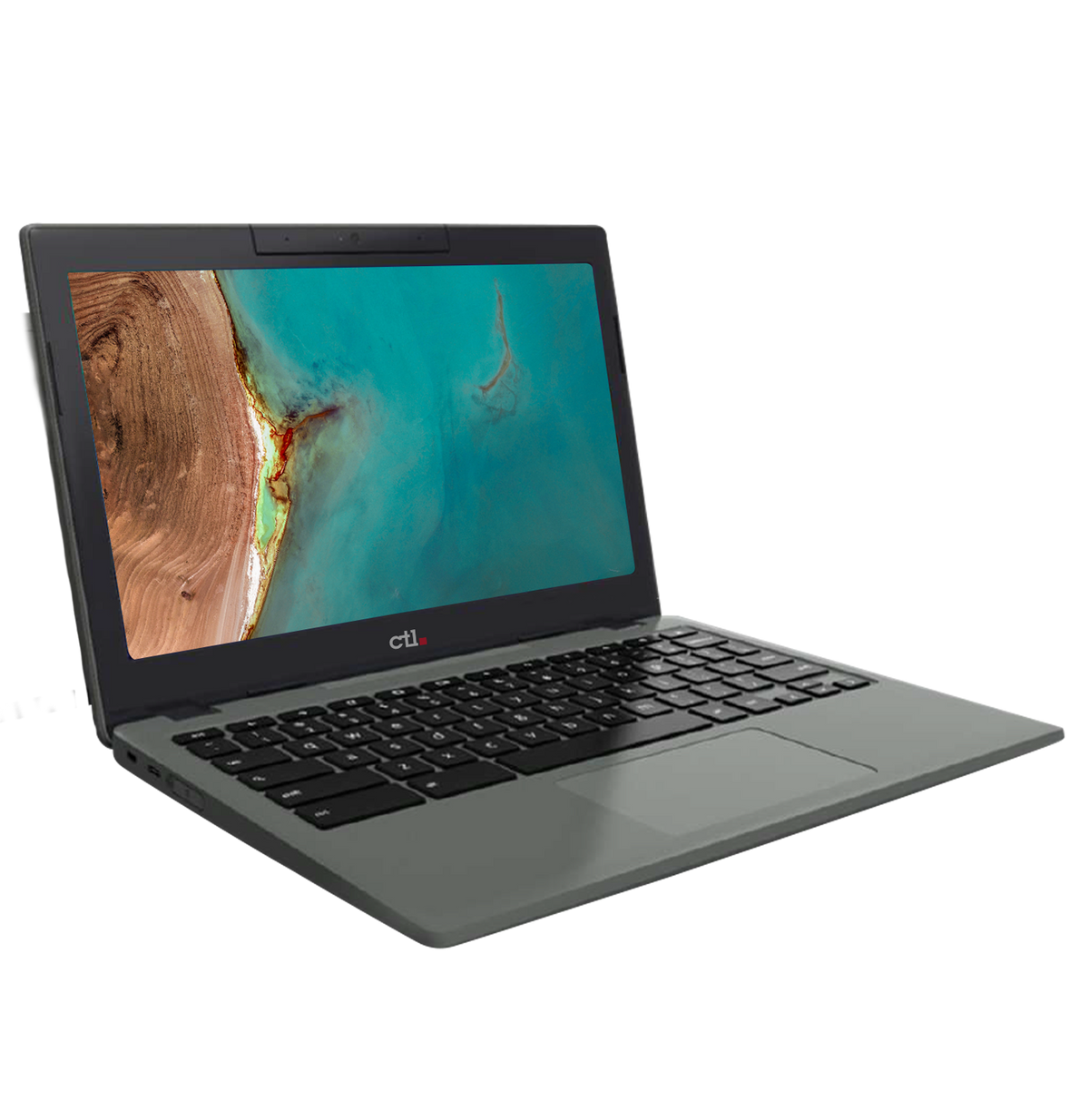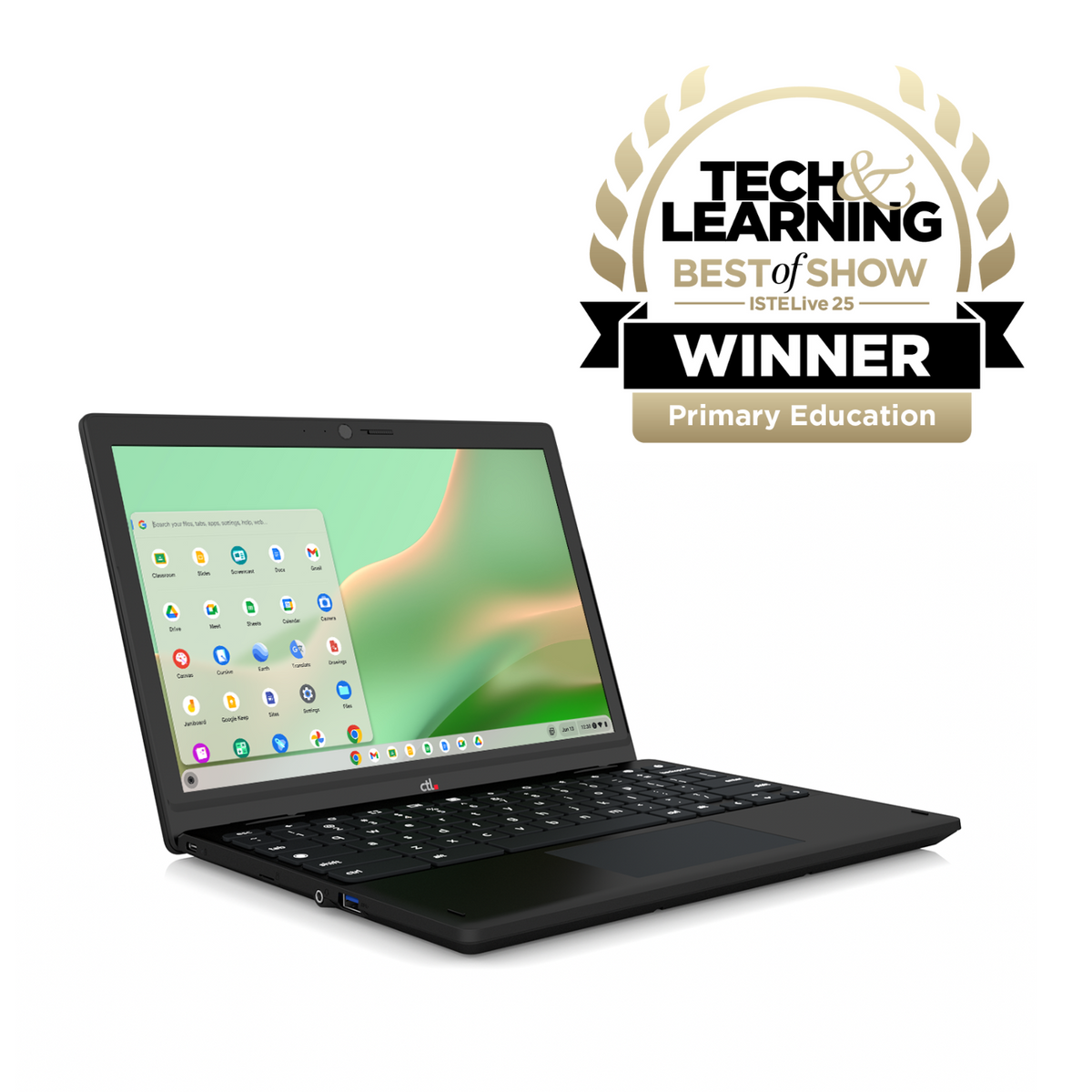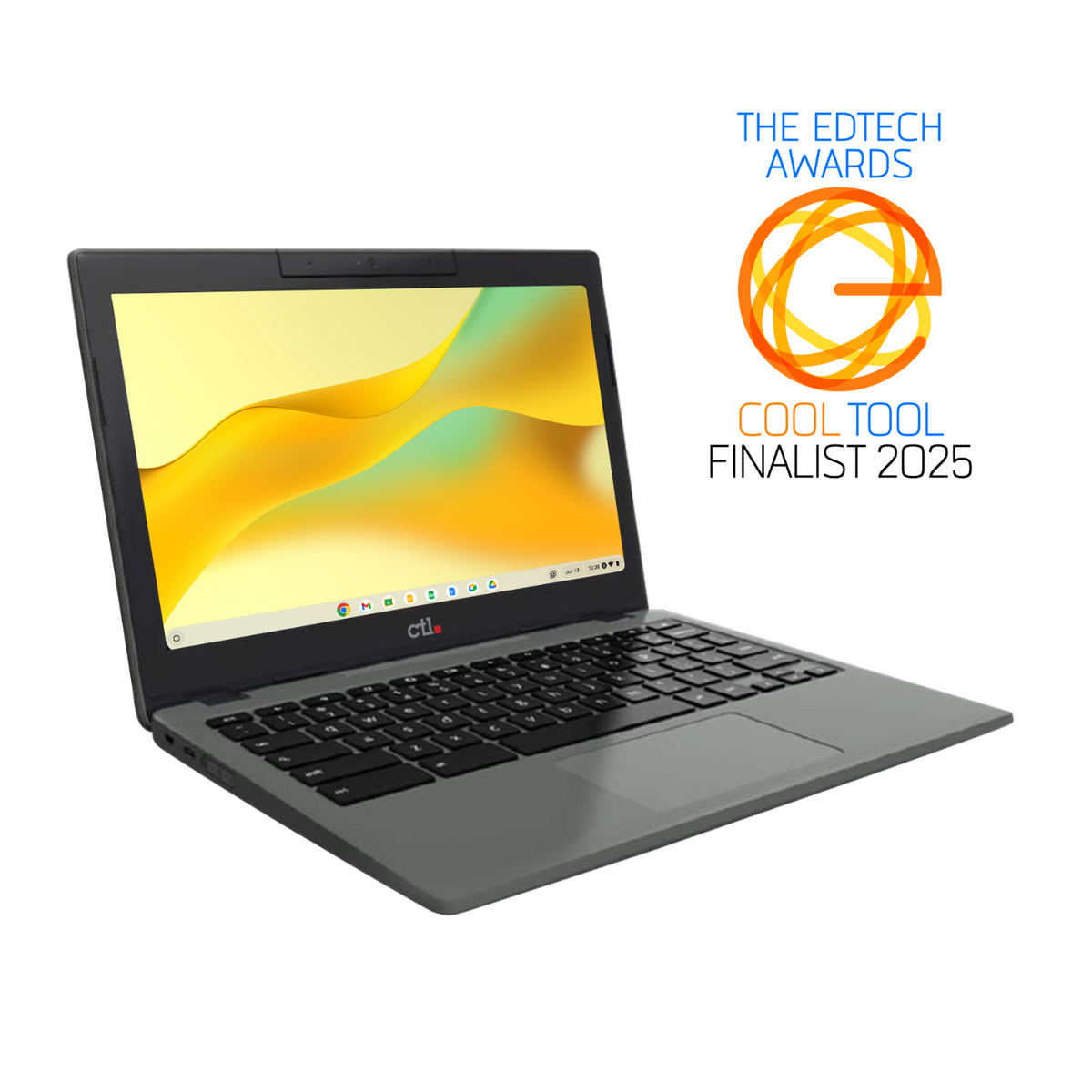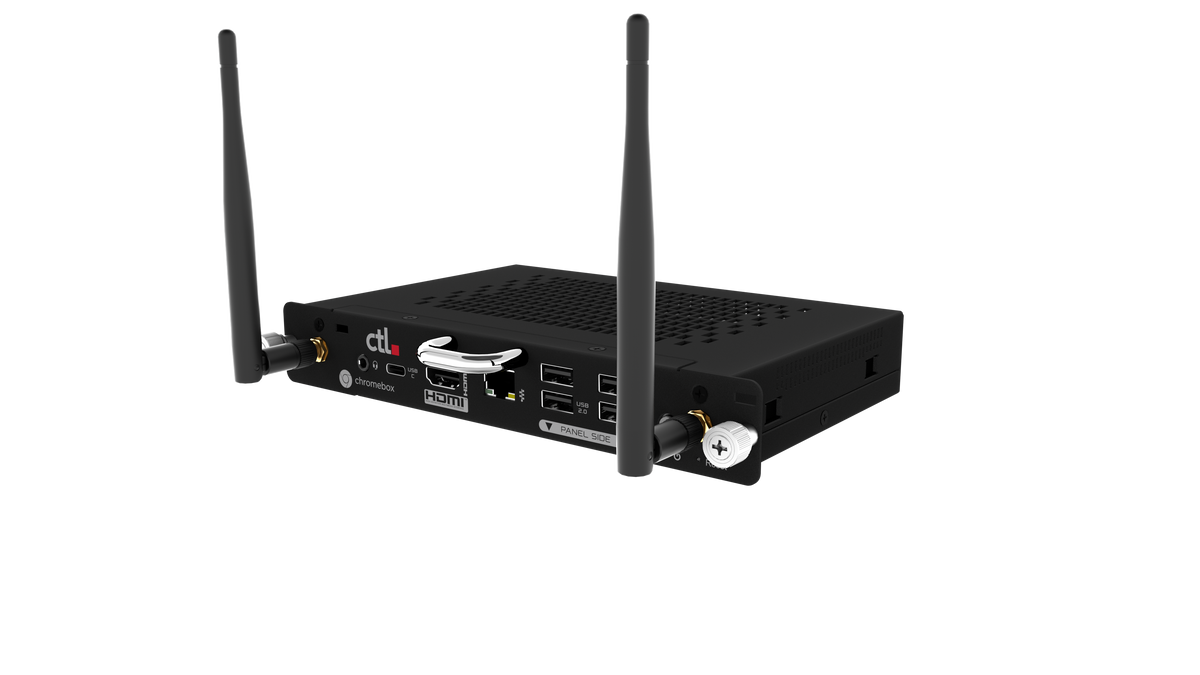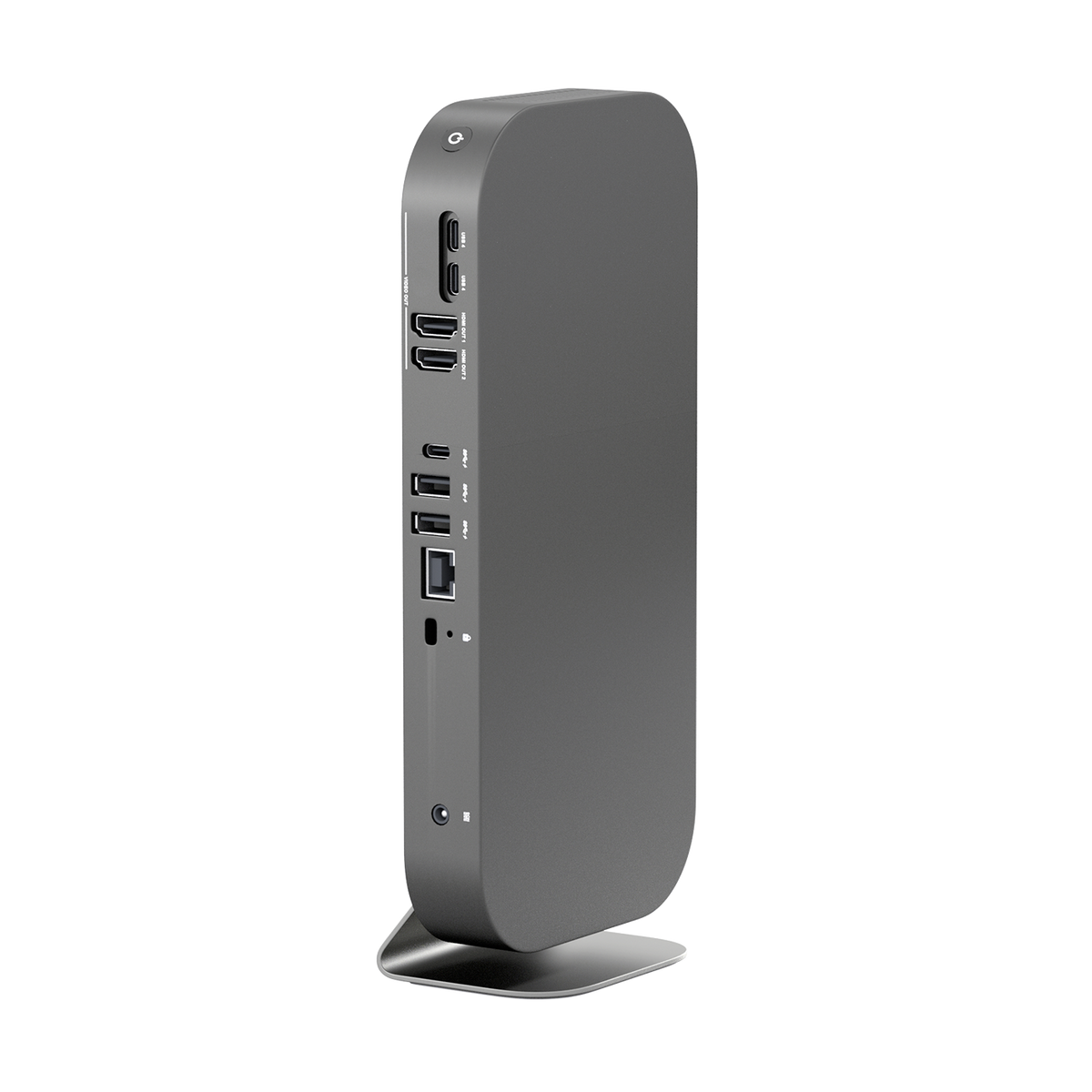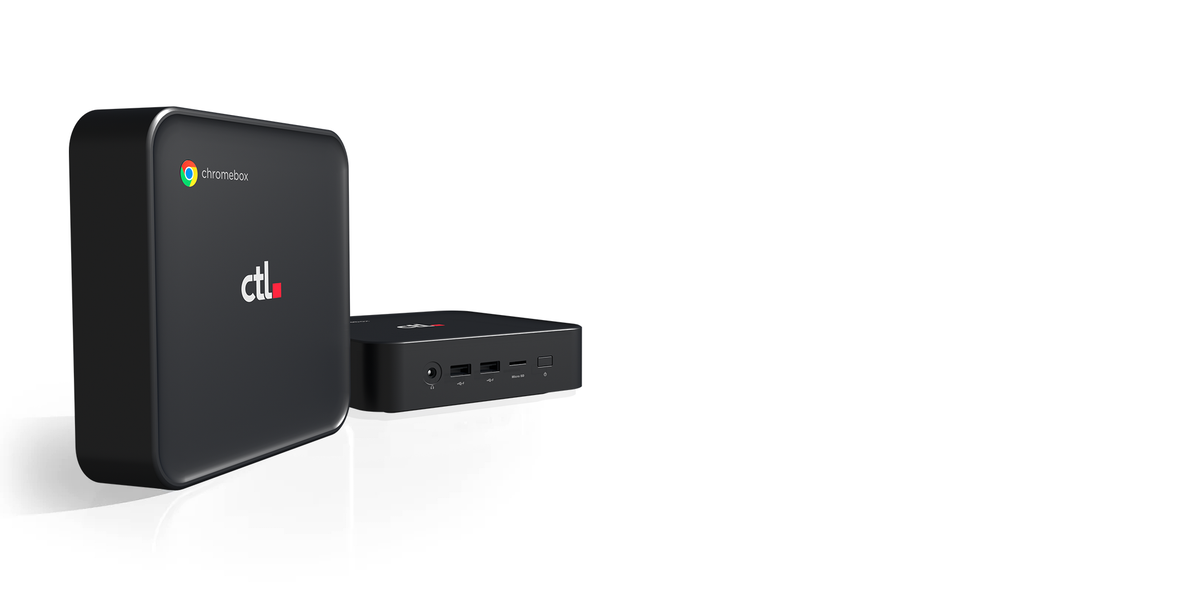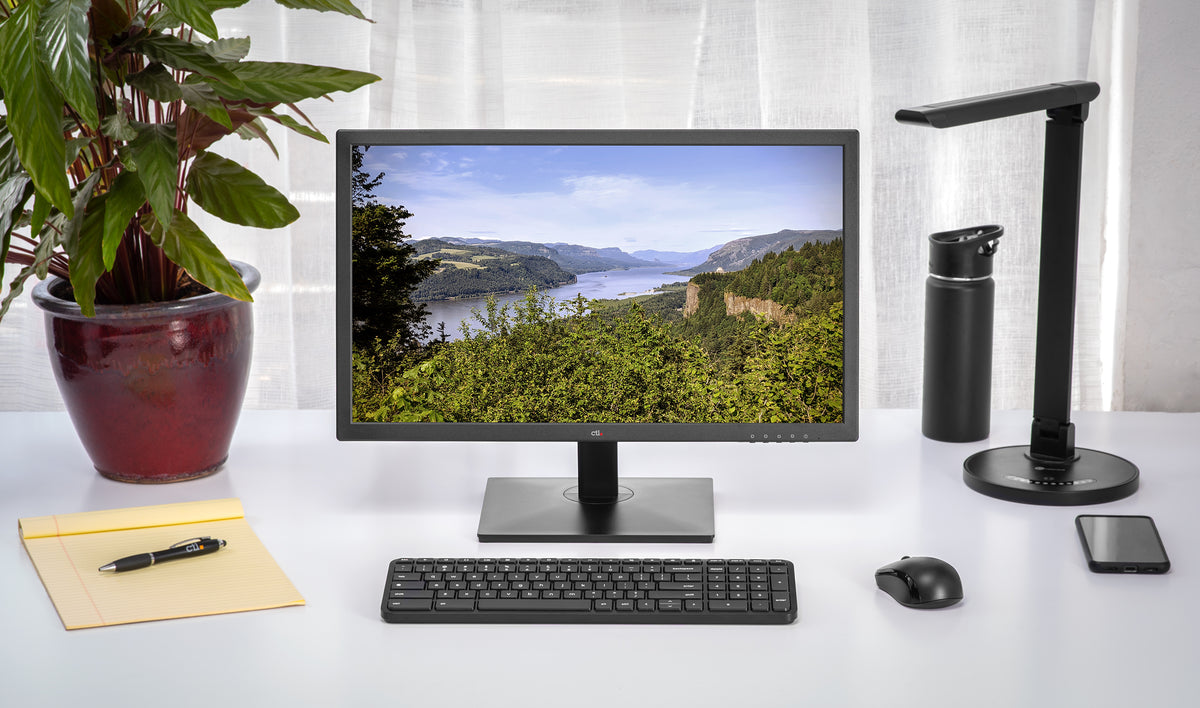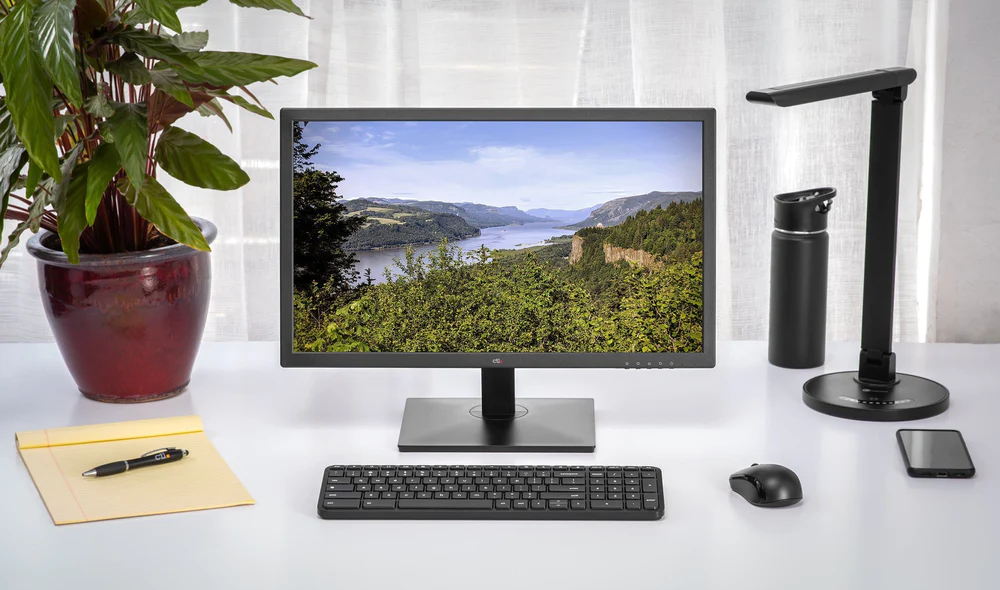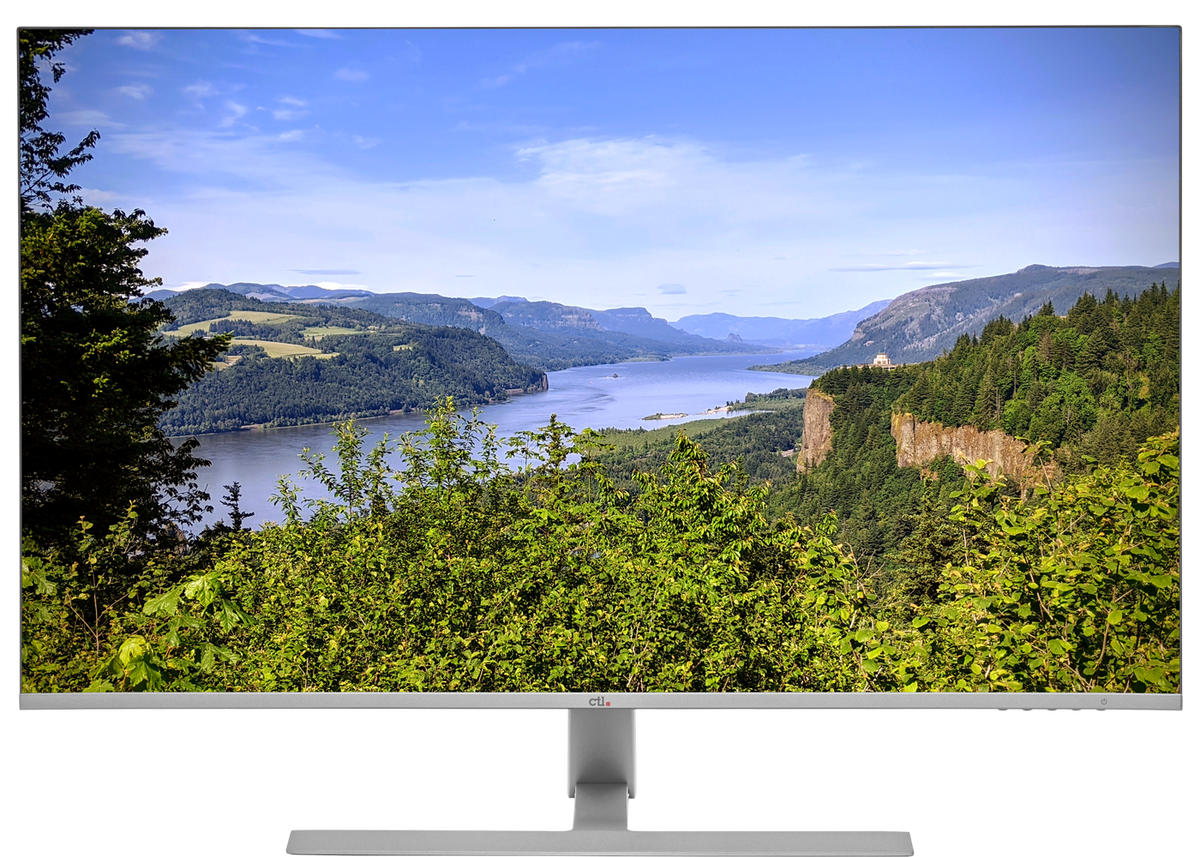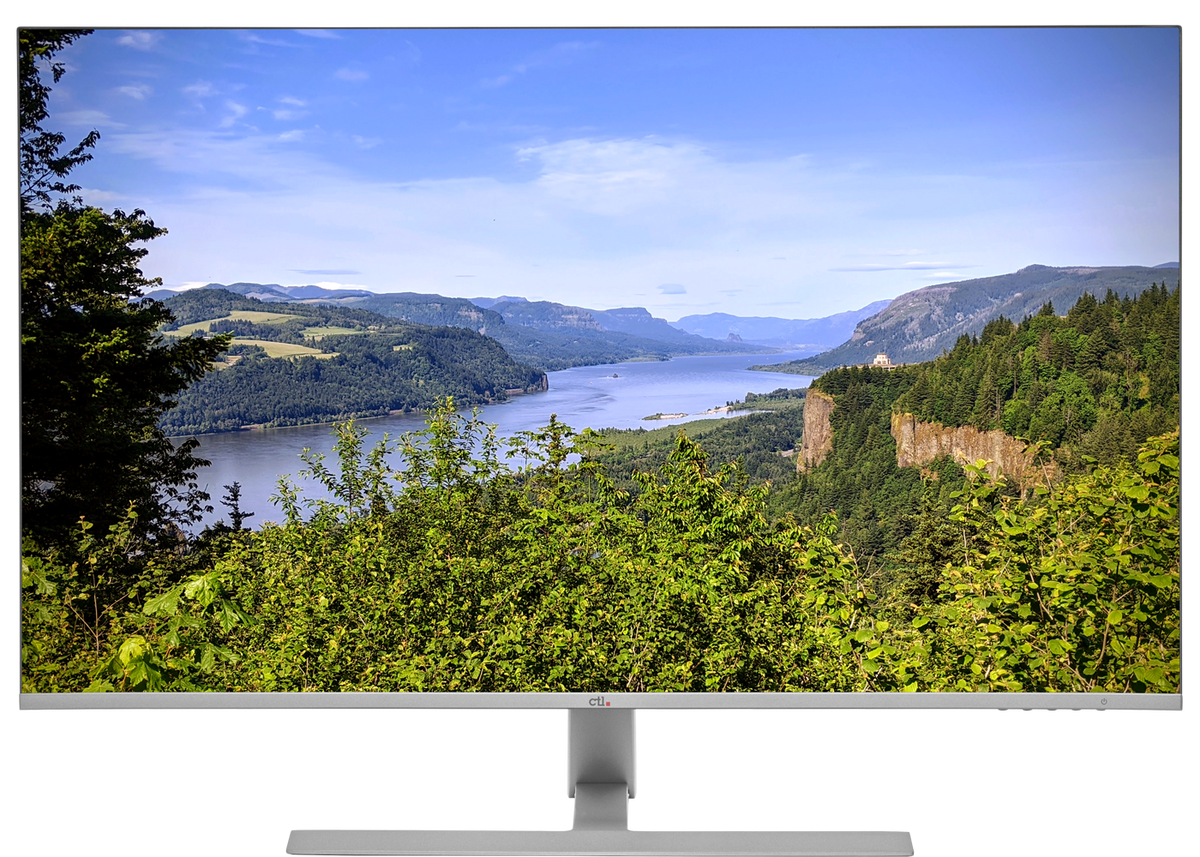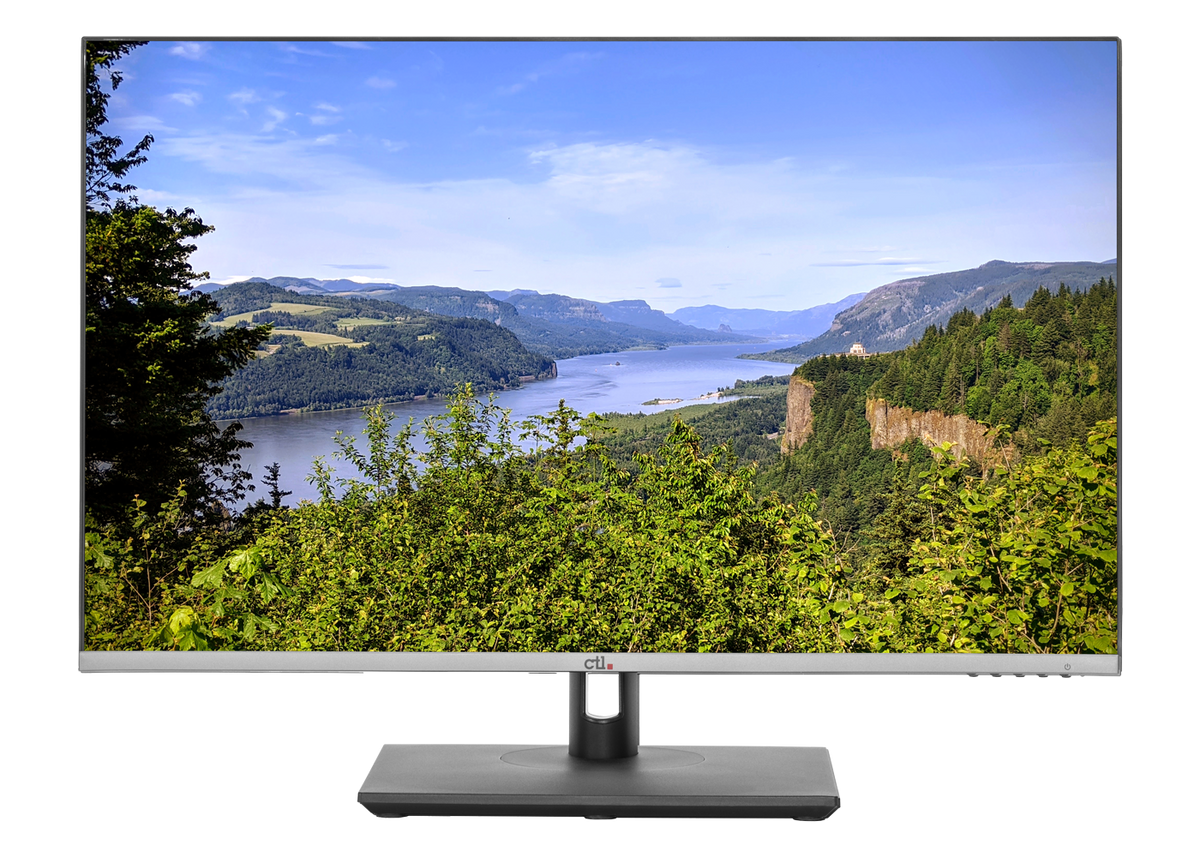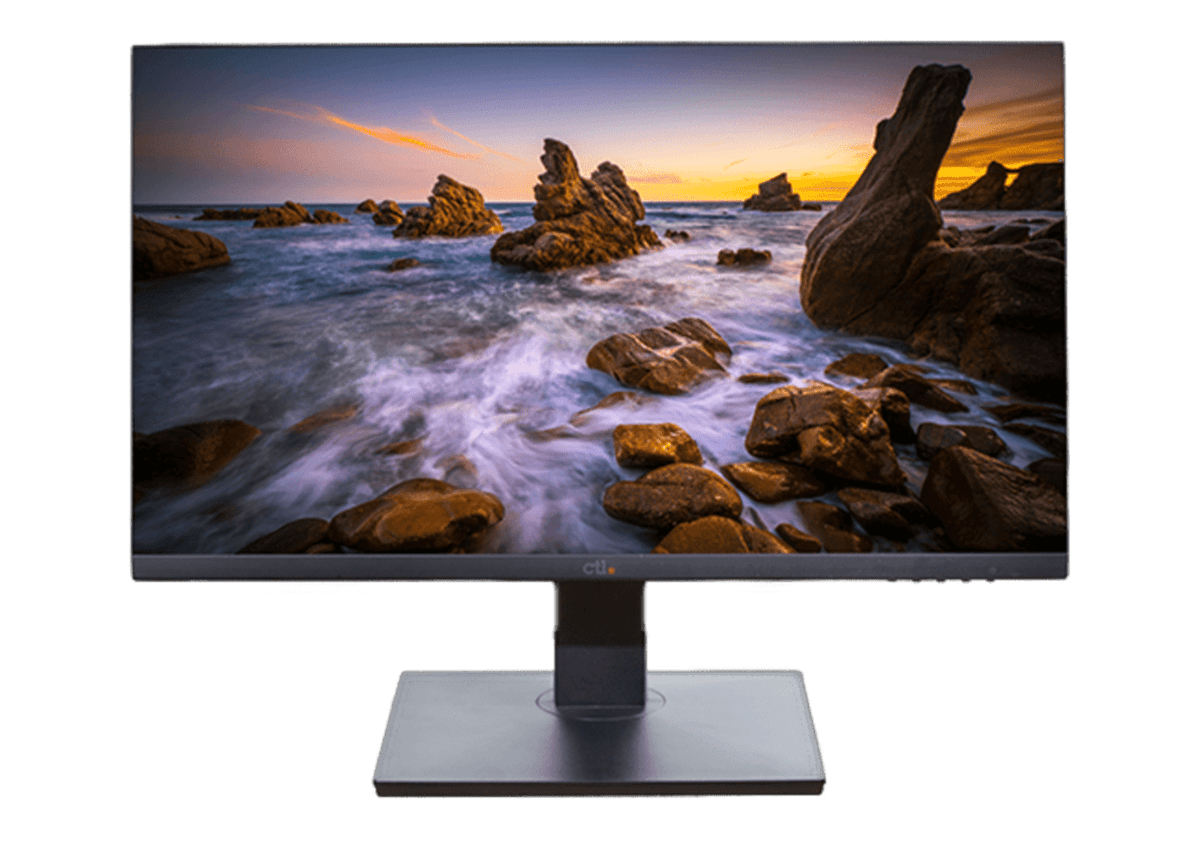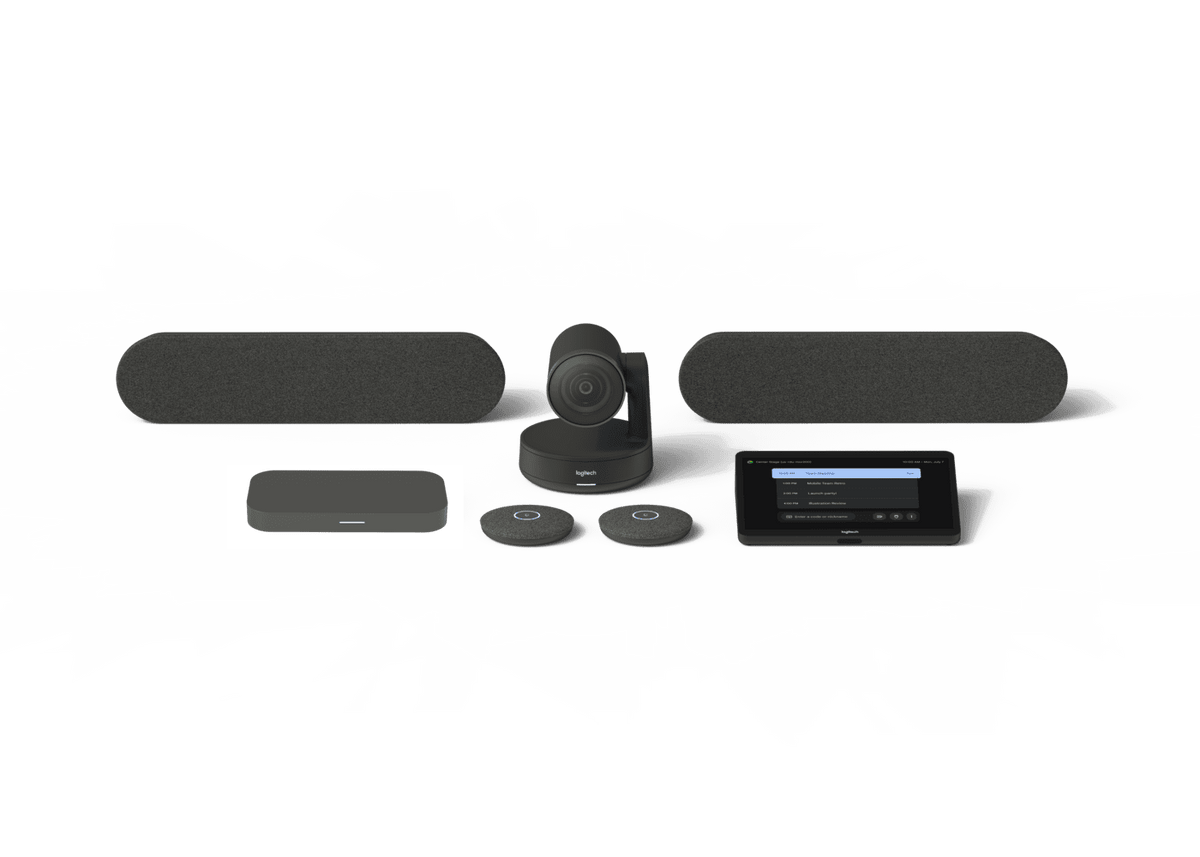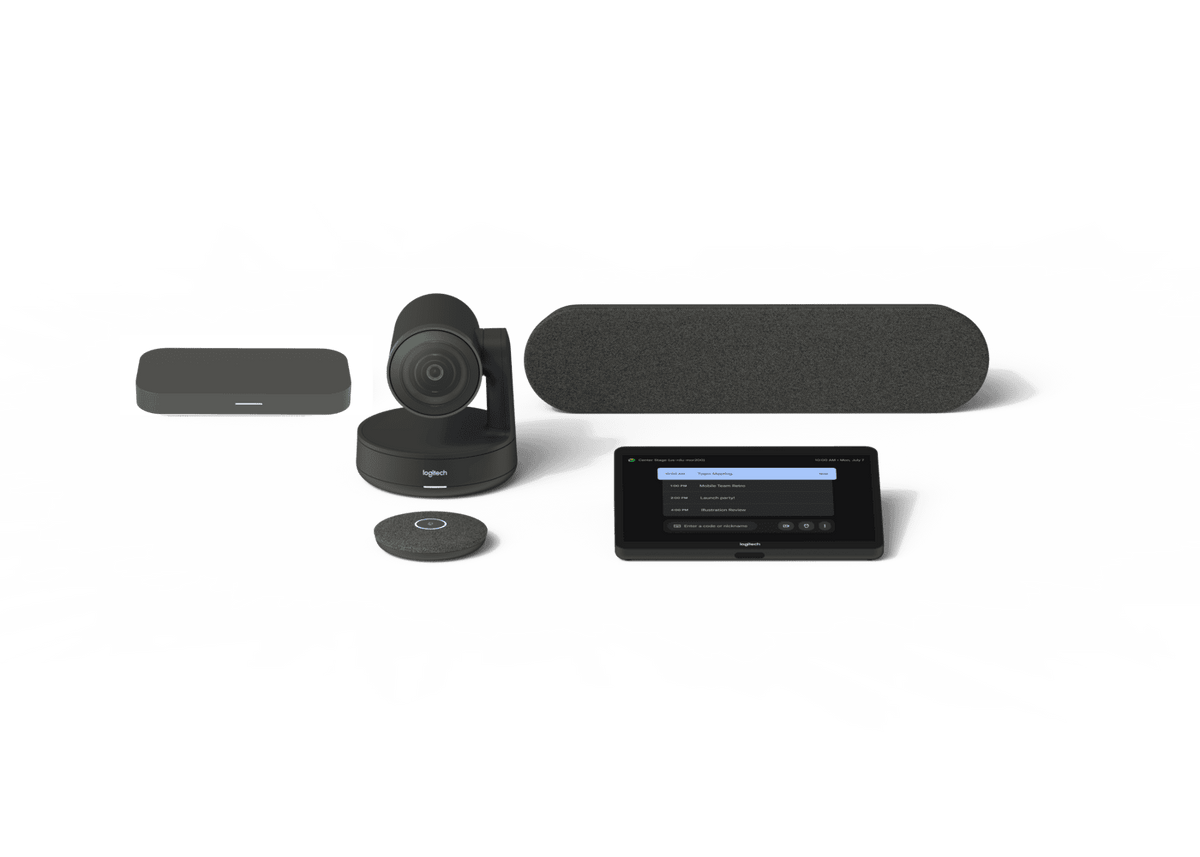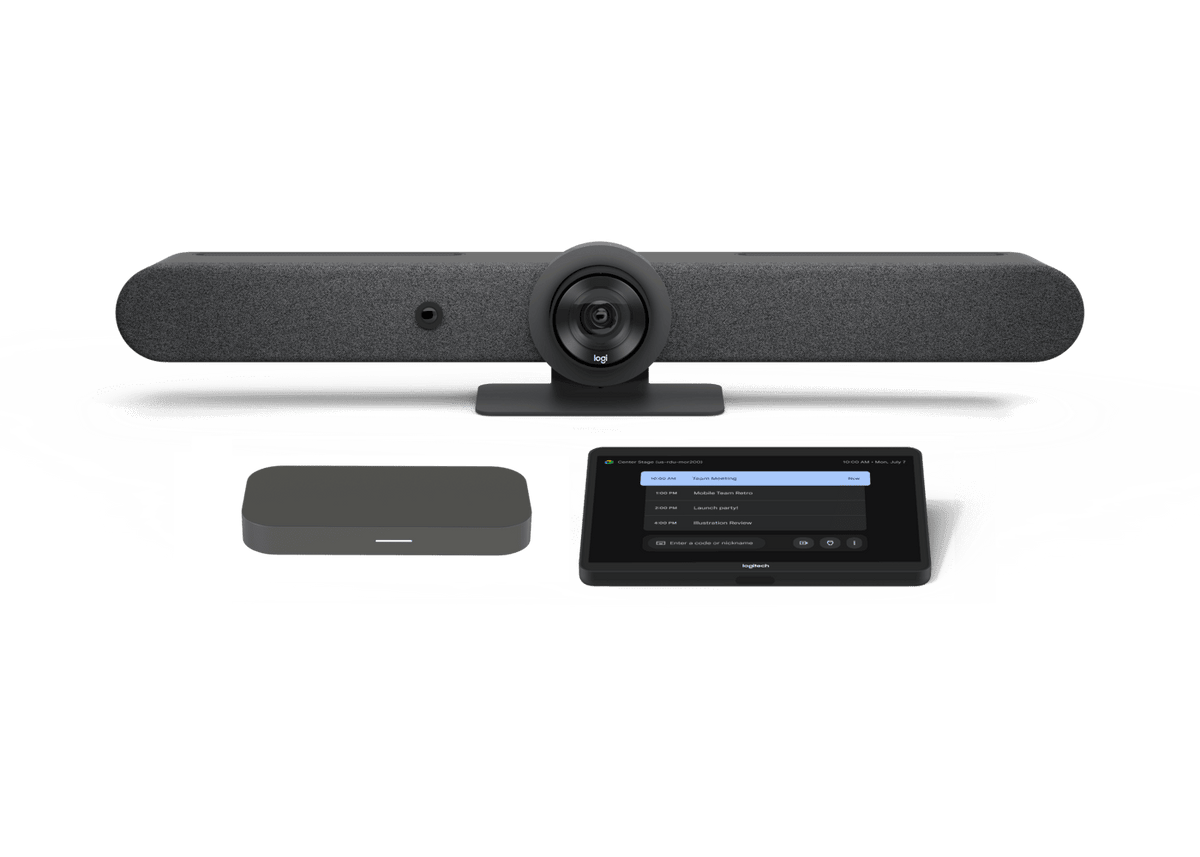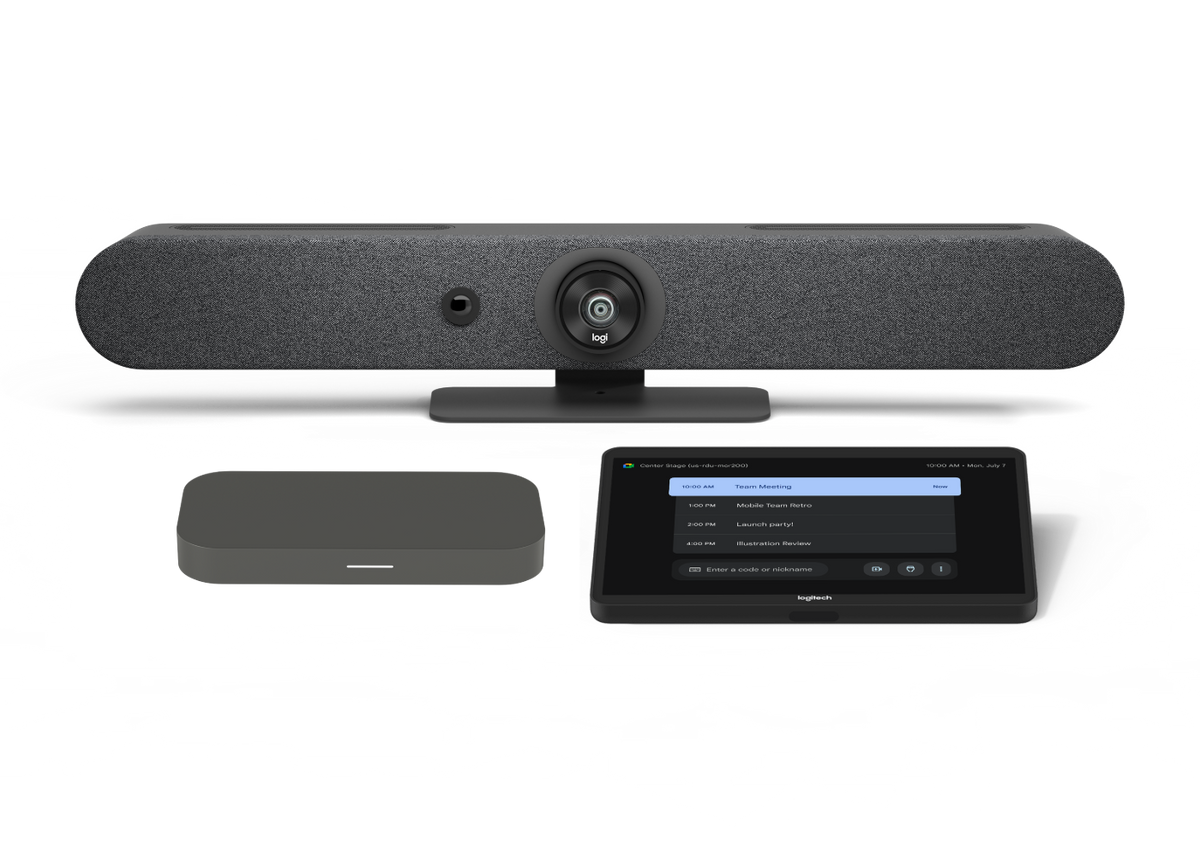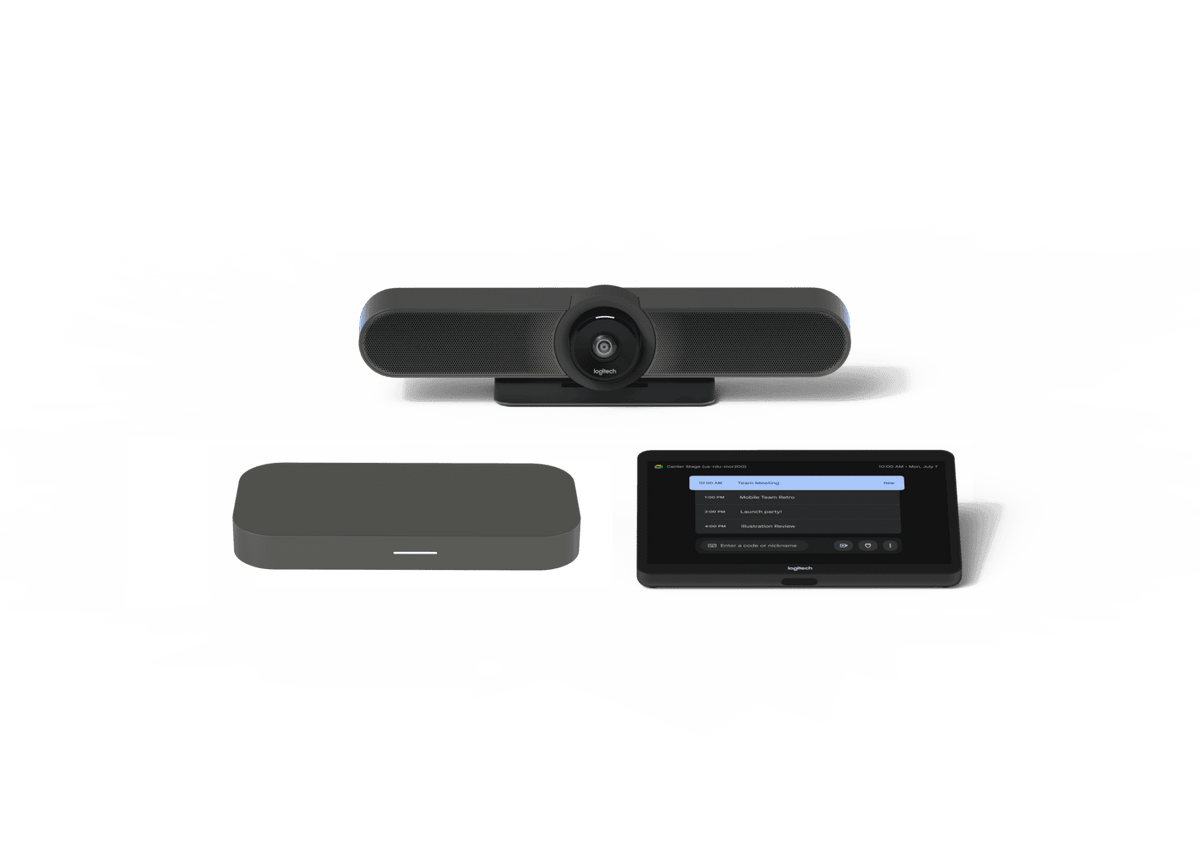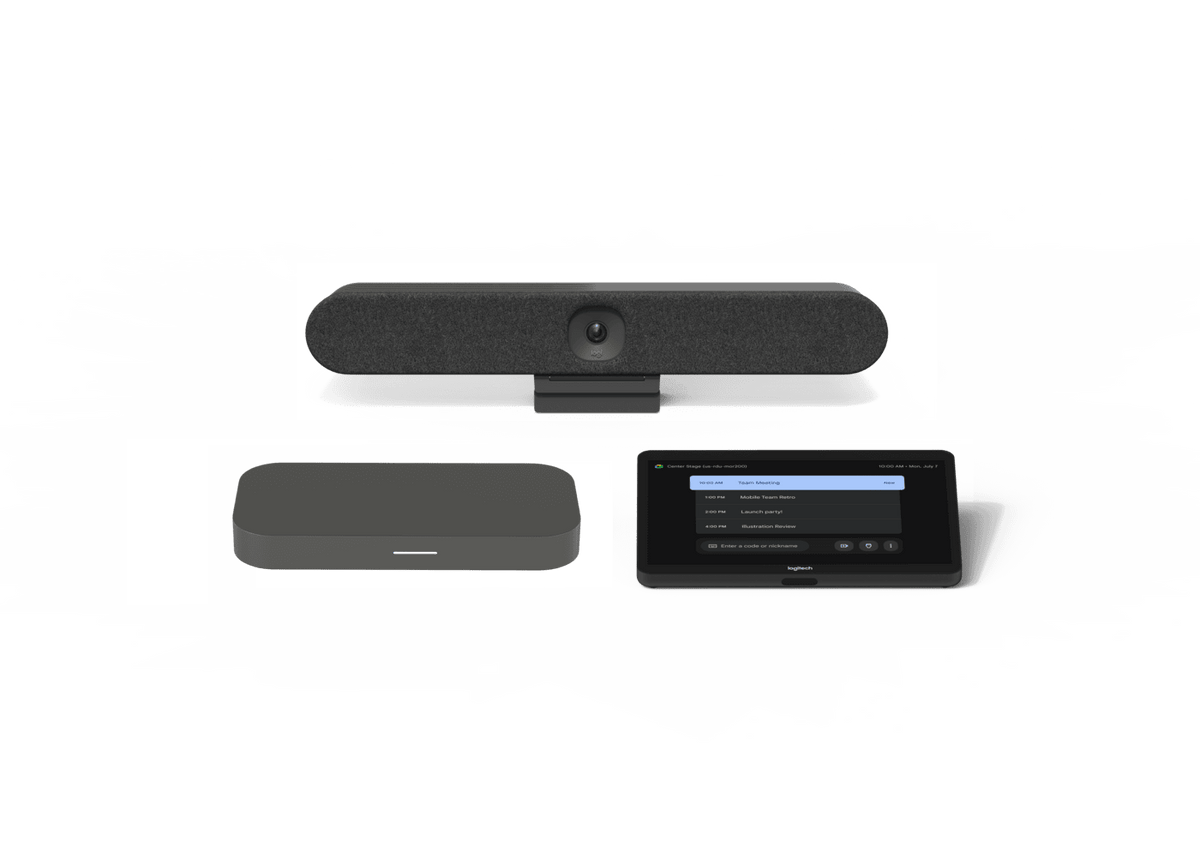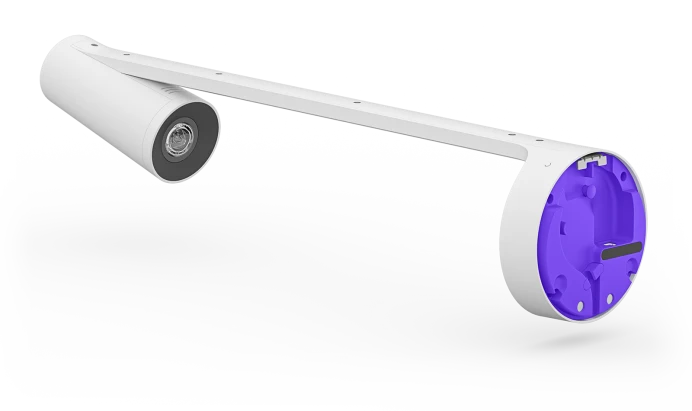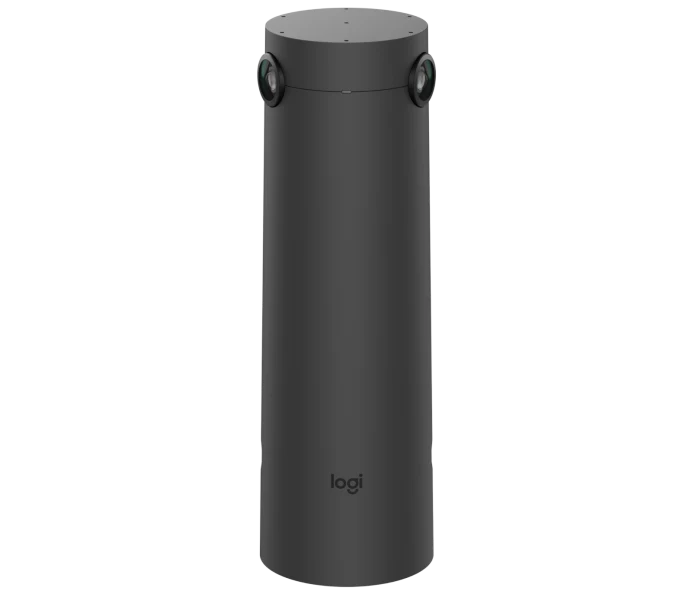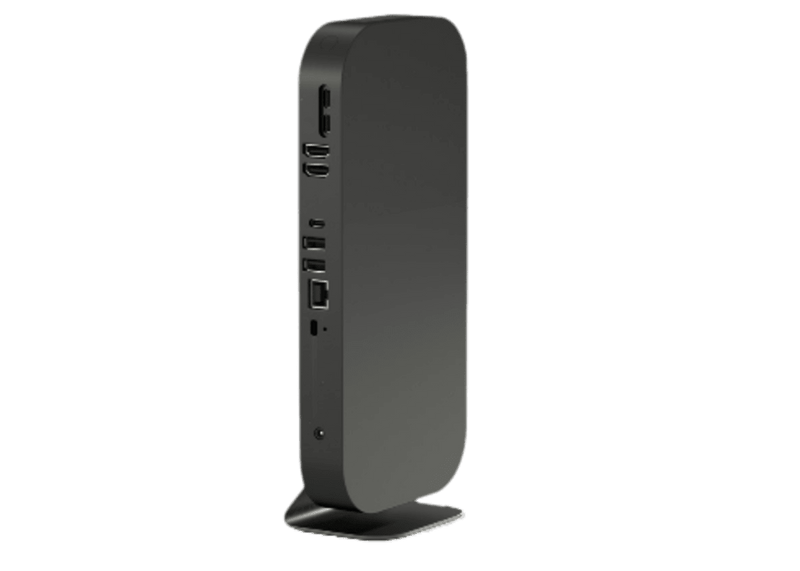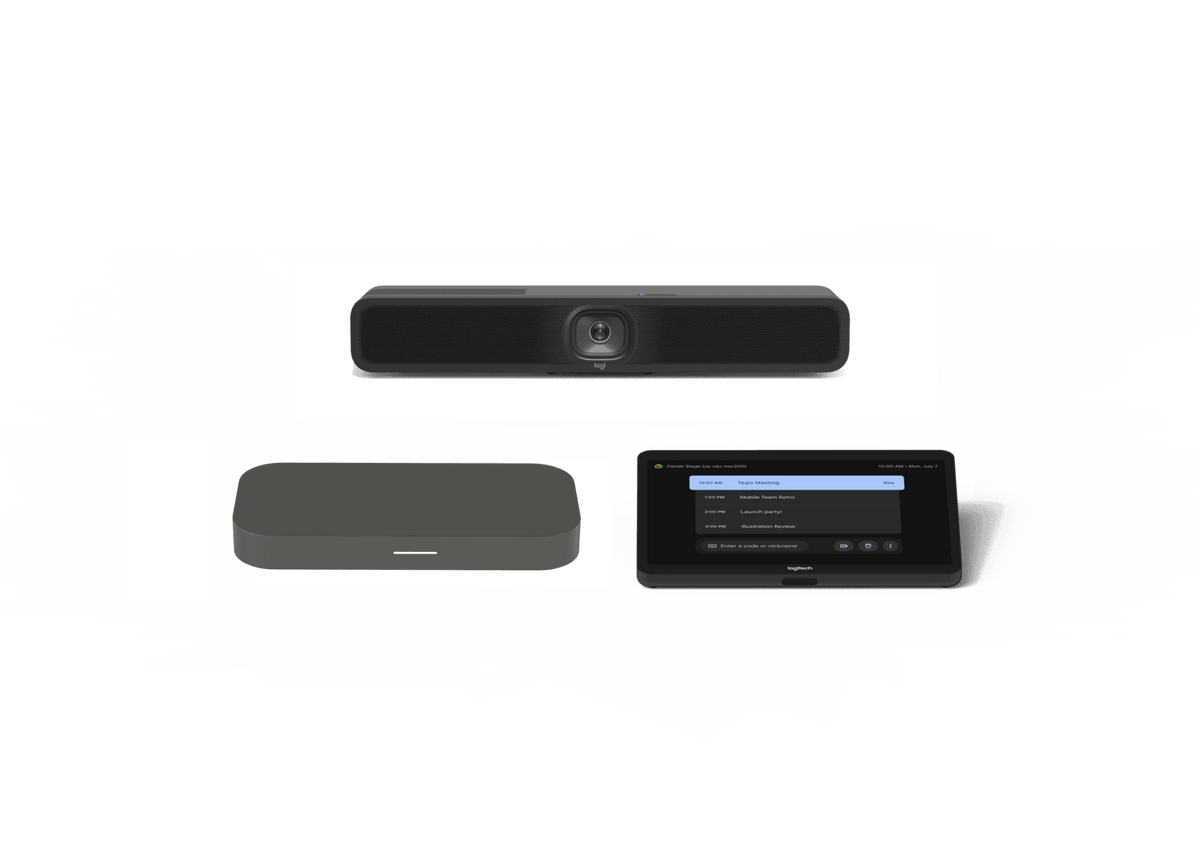By Jason Mendenhall, CEO, CTL Corporation
Almost five years ago, during the pandemic, the education community scrambled to provide students with laptops to promote online learning equity and mitigate the learning loss caused by the turbulent time. Today, those devices are several years old and approaching the end of their useful lives.
A great “Chromebook refresh” had been predicted as schools seek to replace these devices with newer models. However, after speaking with state technology leaders, customers, and other industry participants, we’ve concluded that several factors are now at work, which may result in a Chromebook refresh effort that is fundamentally different from what was initially imagined.
As a Chromebook manufacturer and servicer, CTL sees several challenges balanced by several new opportunities to enact an intelligent, economically feasible, and sustainable Chromebook refresh strategy for schools that delivers new equipment where it’s needed most.
Finding New Funding Opportunities
The end of ESSER funds and the changes in federal leadership will create shifts to federal funding models that could challenge some schools. We’re encouraging our customers to form state and philanthropic funding partnerships to assist with funding devices for students. We recently participated in one such effort for deploying LTE-enabled Chromebooks to students without home Wi-Fi, for example. CTL is actively working with federal agencies, state purchasing cooperatives, and philanthropic organizations to help ensure affordable Chromebook devices remain in the hands of students to continue learning.
With the funding crunch, some schools may turn to parent-funded initiatives for Chromebook computers. At CTL, we’re experiencing a rise in requests for direct purchase options for schools, where schools specify the equipment and parents purchase with a coupon code, just like school supplies.
Adjusting Chromebook Refresh Strategies
A lot of schools are looking at their refresh strategies differently, and the most significant trend is now the concept of the “staged” or “rolling” refresh” – replacing some equipment every year vs. a large single equipment purchase. Some schools purchase for upper grades only, where the processing needs are highest, every two years, and hand down the devices used to lower grades. We’ve also seen some schools rotate the grades that get the newest equipment expected to last several years, such as 2nd, 6th, and 9th grades, when the students enter a new school environment.
Whatever the model, a rolling refresh will create some potential challenges with device parity, but Chromebooks have an inherent advantage—they are continually updated for up to 10 years from the date of the processor implementation in the specific device design. Regardless of the hardware, Chromebook users will experience the most up-to-date features available for the life of the device.
The continual updates pose additional benefits. Whereas in the past few years, schools have focused on equity in digital access and equity in use, an increasing focus in 2025 will be on equity in design for students with learning challenges. This is another inherent advantage of Chromebooks. Through cloud-based updates, ChromeOS continually adds features to help the visually impaired, auditory challenged, and other students requiring higher accessibility.
For districts using Windows or Mac devices, the aging equipment will present more challenges for updates and long-life use. Windows and Mac computers also squeeze ever-tightening budgets. For example, it may be the perfect time to switch teachers and staff to the new, more affordable Chromebook Plus platform to enjoy automatic updates in the years to come. Saving costs on teacher and staff devices also frees up additional funding for student devices.
Shifting to Classroom-Based Devices
CTL considers the 1:1 deployment model the gold standard for ensuring digital learning equity and the best learning. If you can, consider maintaining 1:1 deployments to prevent a gap in access to information and learning materials for the kids who need that access the most. For rural or limited access states, fill in the connectivity gaps with LTE-enabled Chromebooks.
However, this model is not always a reality due to funding, resources, or any number of issues in today's schools. If you cannot maintain 1:1 deployment, the next best step is to ensure your classroom strategy is well thought out. As a cost-saving strategy post-ESSER, CTL is seeing more movement toward providing Chromebooks just in the classrooms and libraries for students and limiting or eliminating homework requirements.
To accommodate this re-emerging deployment model, we’re using the latest long-life battery technologies in our Chromebooks to ensure all-day learning capacity. We’re also reaffirming relationships with our classroom charging cart partners to offer complete solutions. Finally, we anticipate a use case where students might check out an LTE-enabled Chromebook to take home when needed, such as after an extended absence.
Extending the Life of Existing Devices
One way to put off new Chromebook purchases is to extend the life of your devices. As we pivot, it’s time to be more thoughtful regarding device longevity, warranty repair options, and smarter recycling strategies.
As a Certified B Corp™ with a commitment to sustainability, CTL always recommends a few strategies to ensure customers get the most out of their investments and keep devices out of landfills:
-
Self-repair capability. Schools should consider self-repair options. For example, we’ve helped many schools set up student self-repair labs and provided training videos. For small repairs, such as a single key replacement, customers can order the part directly and install it themselves to quickly get Chromebooks back in action. This is also a win for students who learn IT skills, sometimes as part of a Career and Technical Education (CTE) program.
-
Service partner. We suggest customers invest in accidental damage protection plans and take advantage of manufacturers' warranties. With some forethought, IT departments can keep Chromebooks running longer throughout their program lifecycle with the right protection plan and service partner.
-
Consider refurbished equipment. Refurbished equipment may be the best option for a Chromebook refresh, depending on your use case. We’ve seen many use cases for this, from summer school students to substitute teachers to the CTE lab. Many vendors, including CTL, offer refurbished equipment options.
-
Recycling that pays. When the time finally comes to retire devices, we suggest you seek out a recycling vendor such as CTL, who can give customers credit toward new devices, free shipping, and other perks. Customers ship off old devices and receive discounts on new purchases.
As we move into 2025, it’s time to view the expected Chromebook refresh with a new perspective. We’re encouraging customers to think through their lifecycle Chromebook needs and, hopefully, use some of these ideas to create a sustainable technology funding and purchase strategy for 2025 and beyond.
